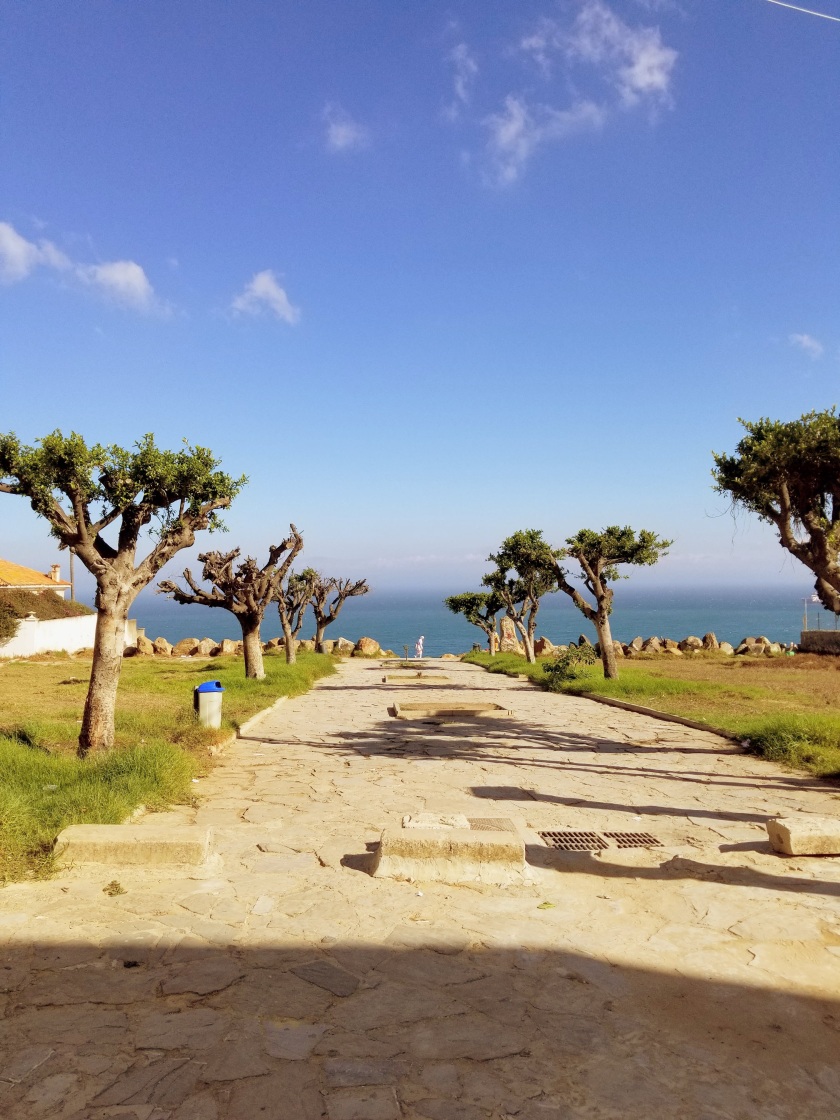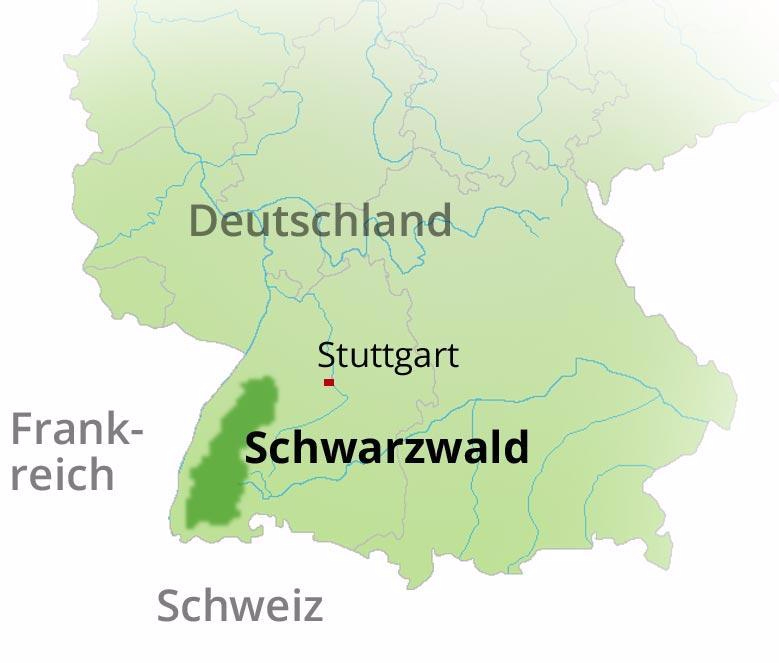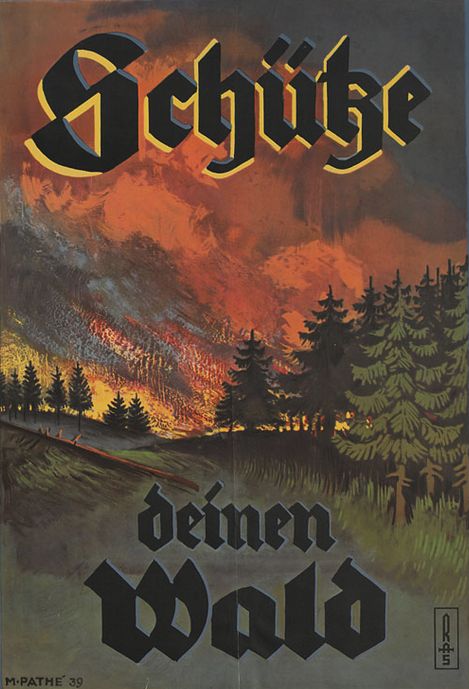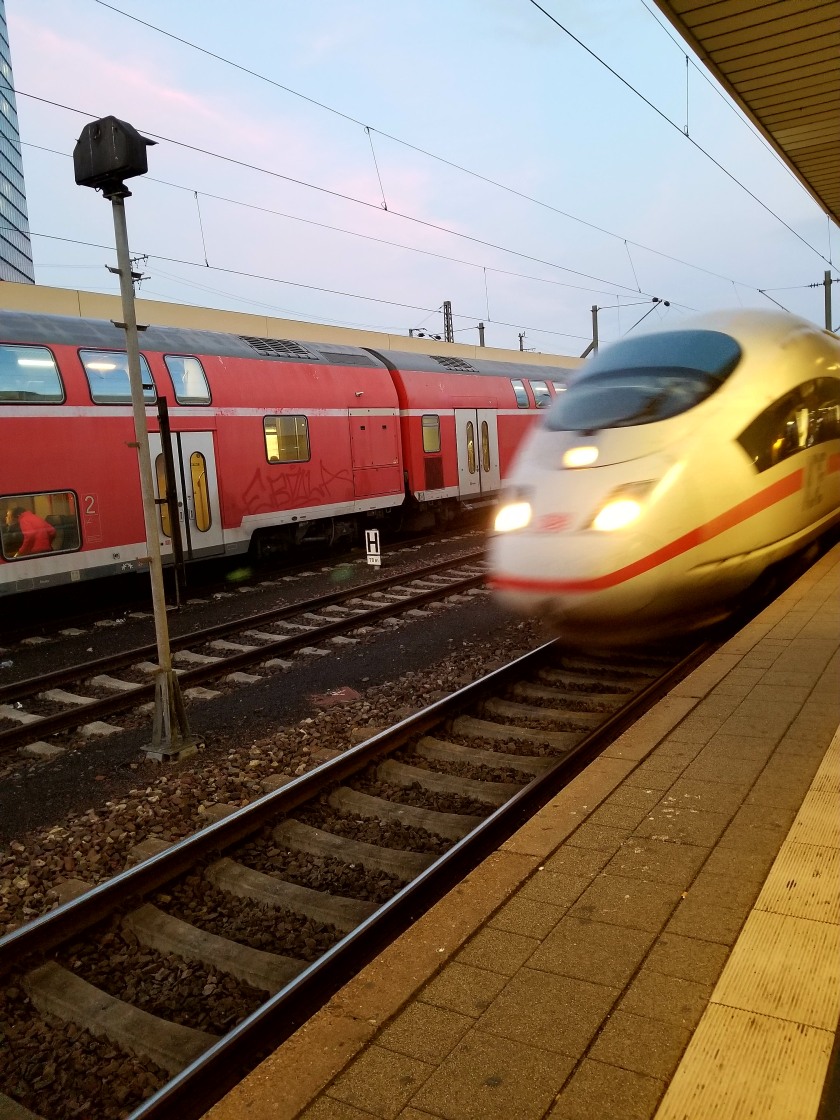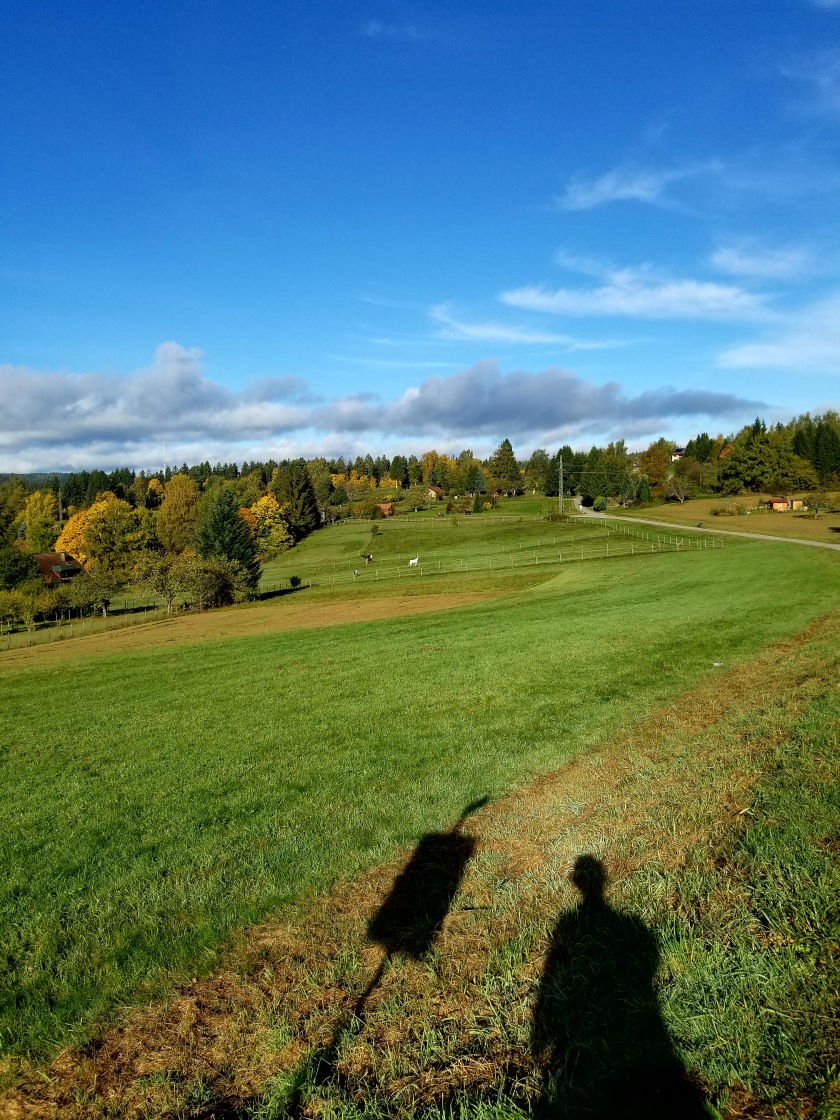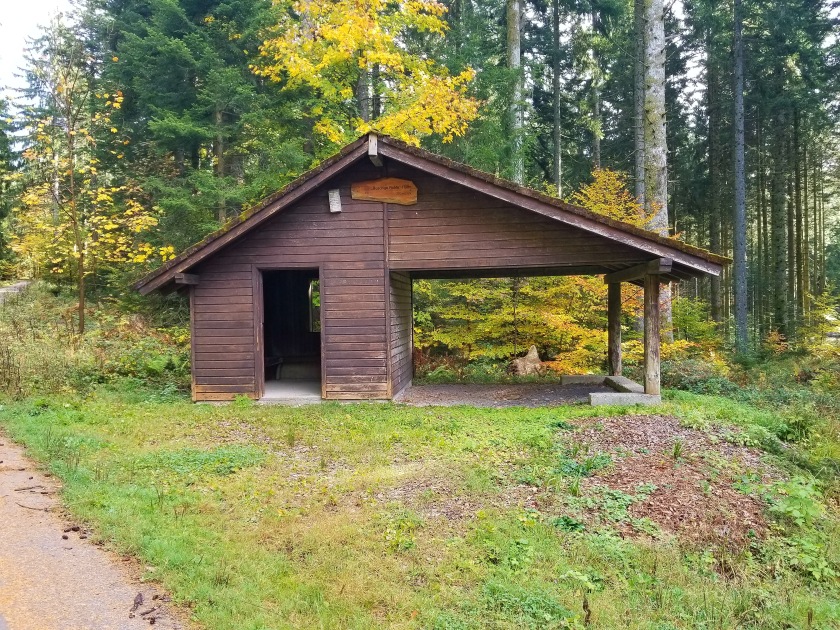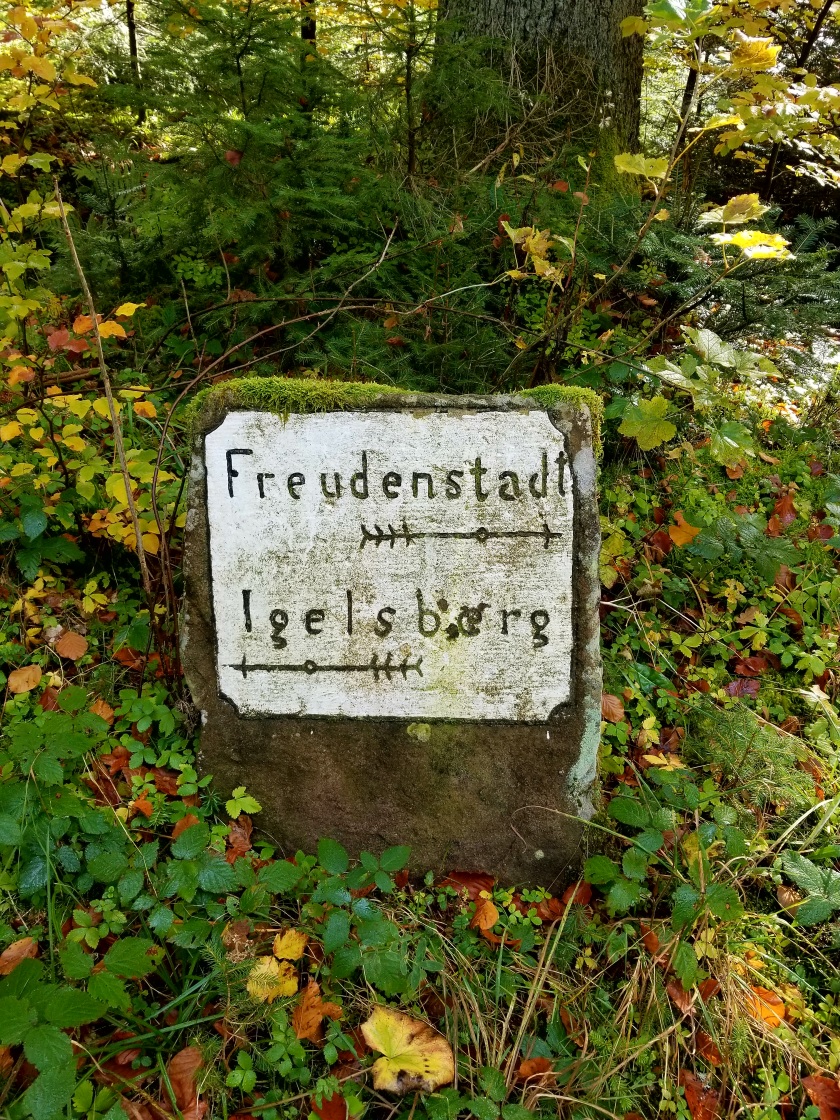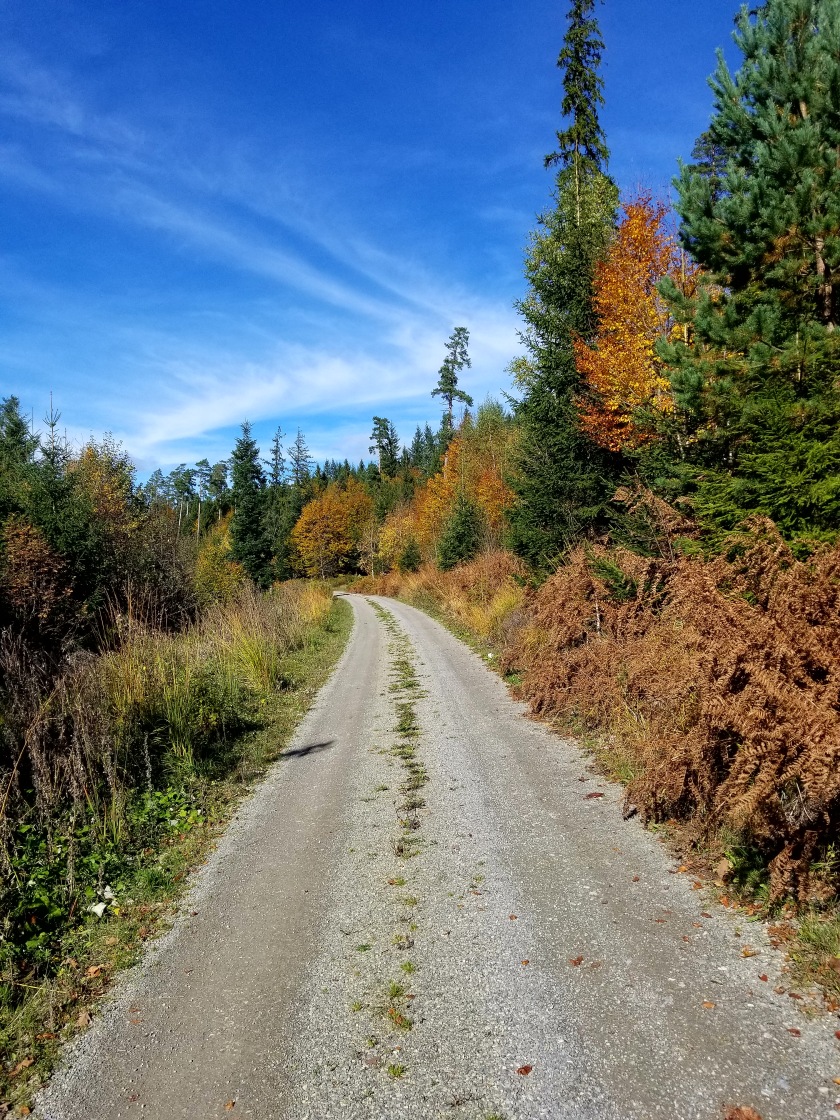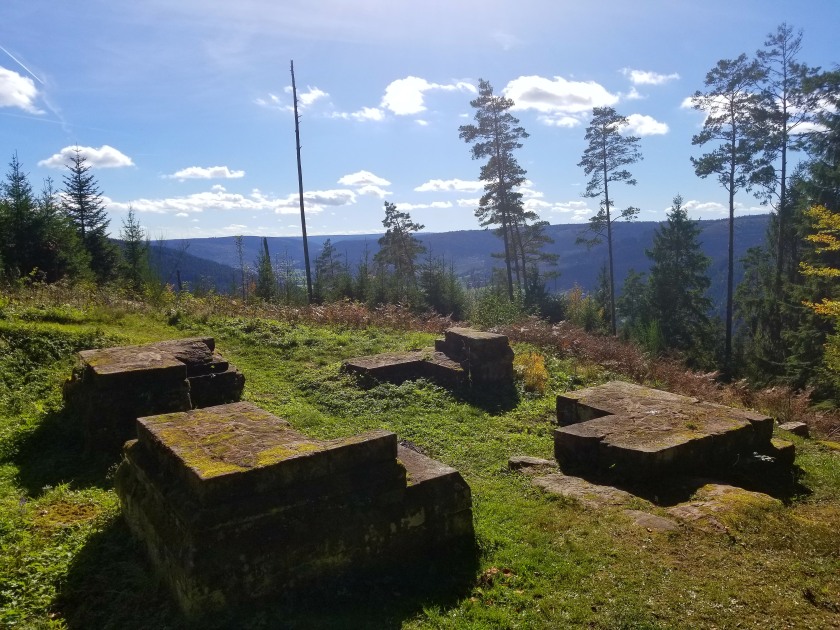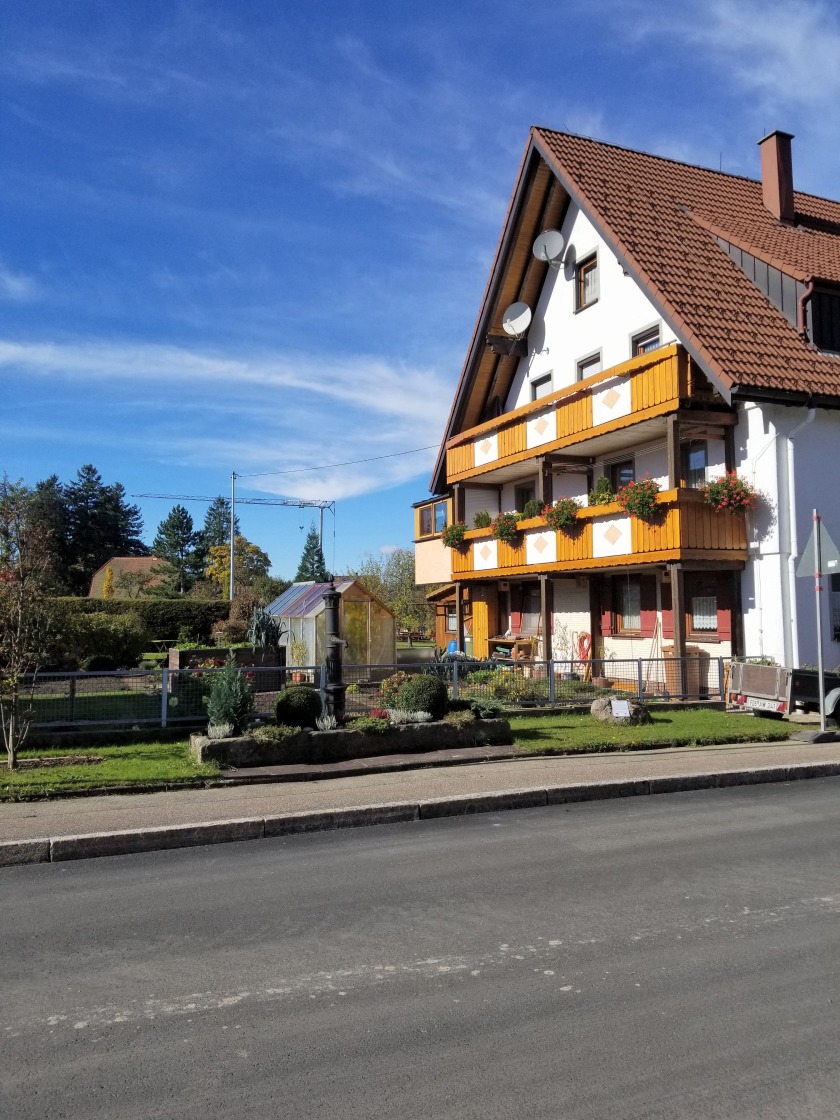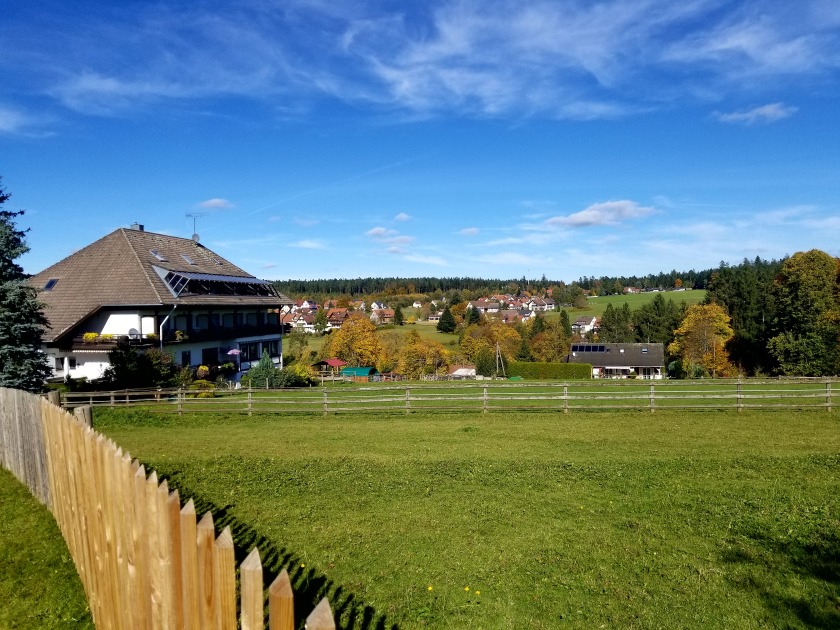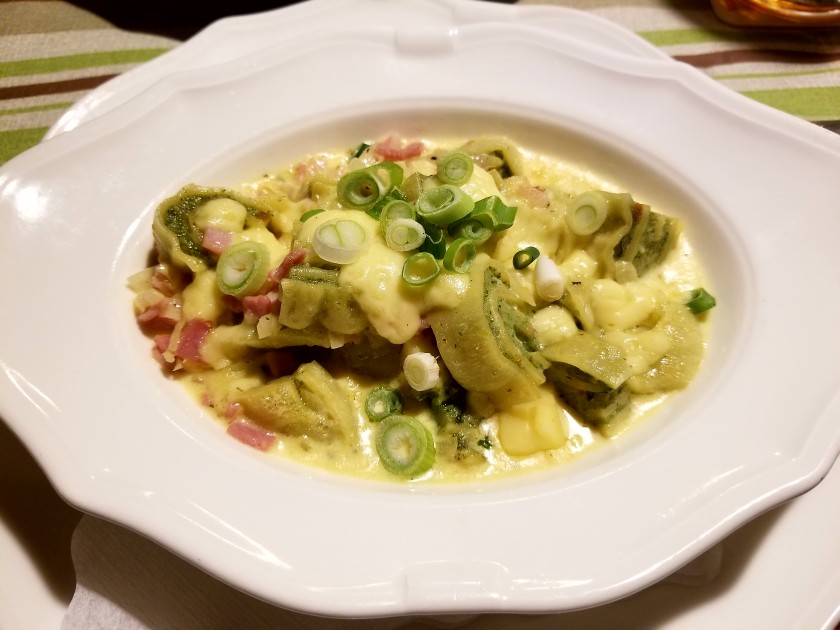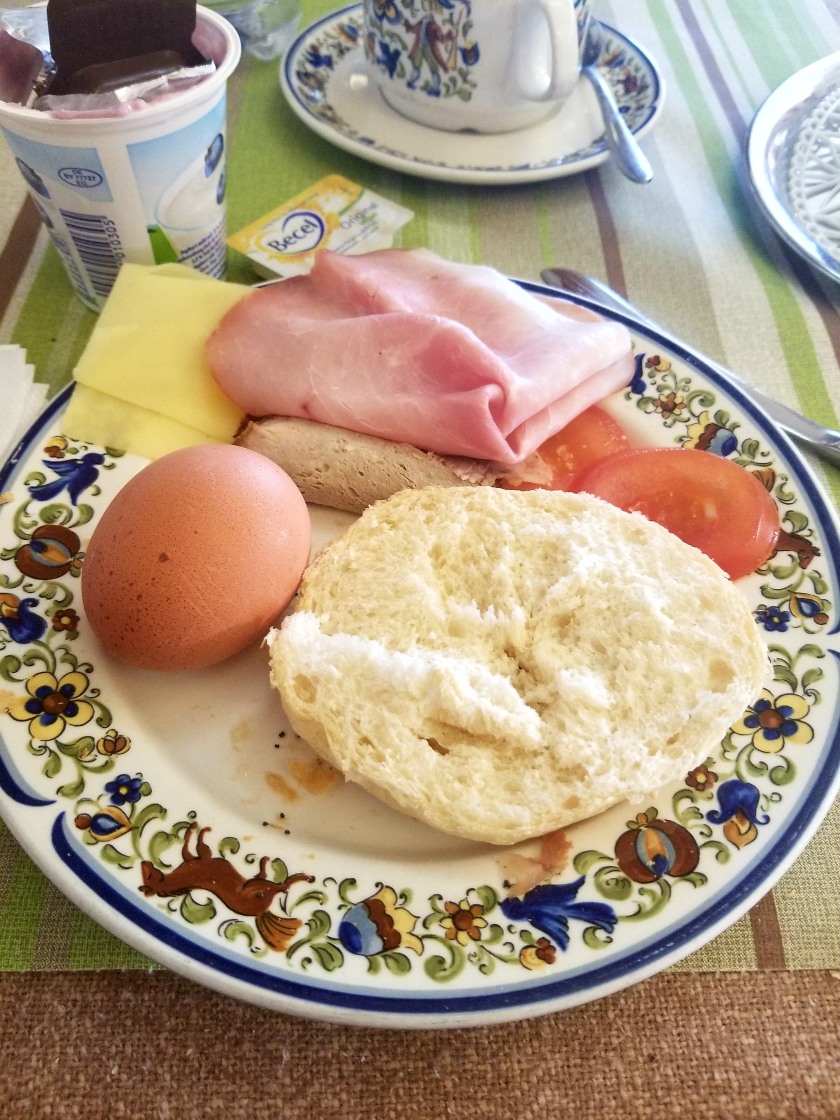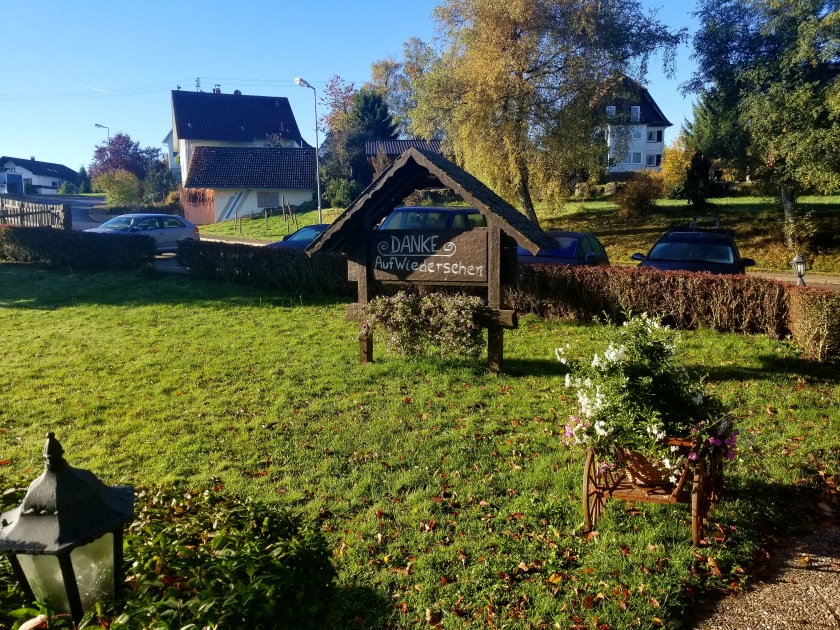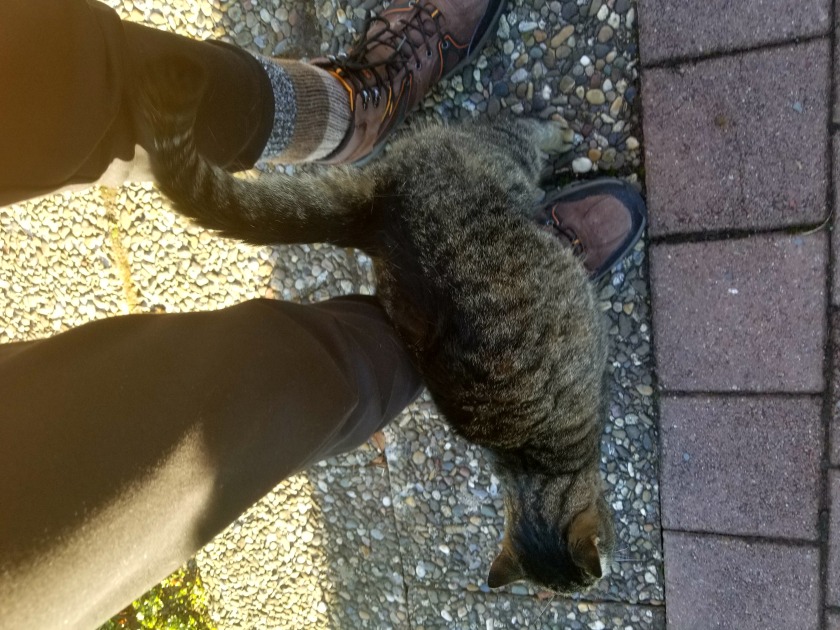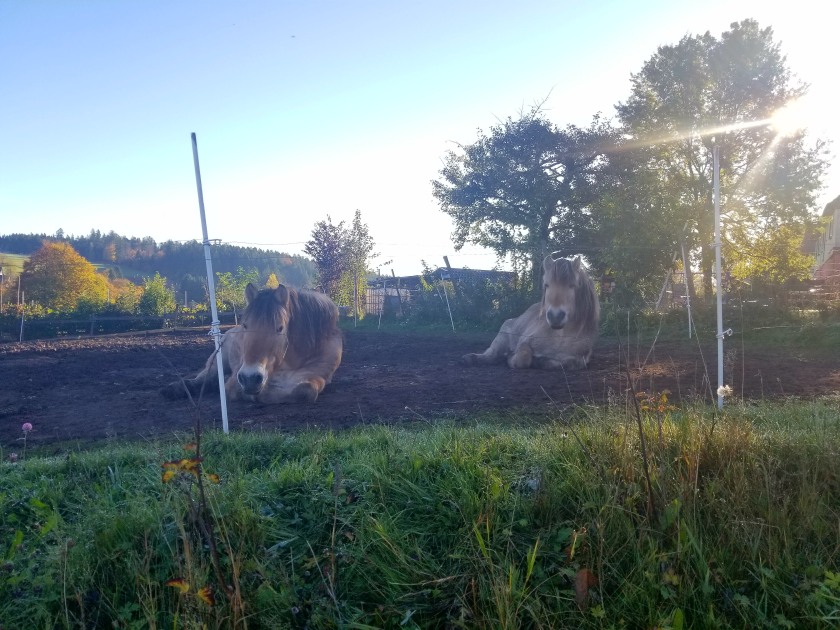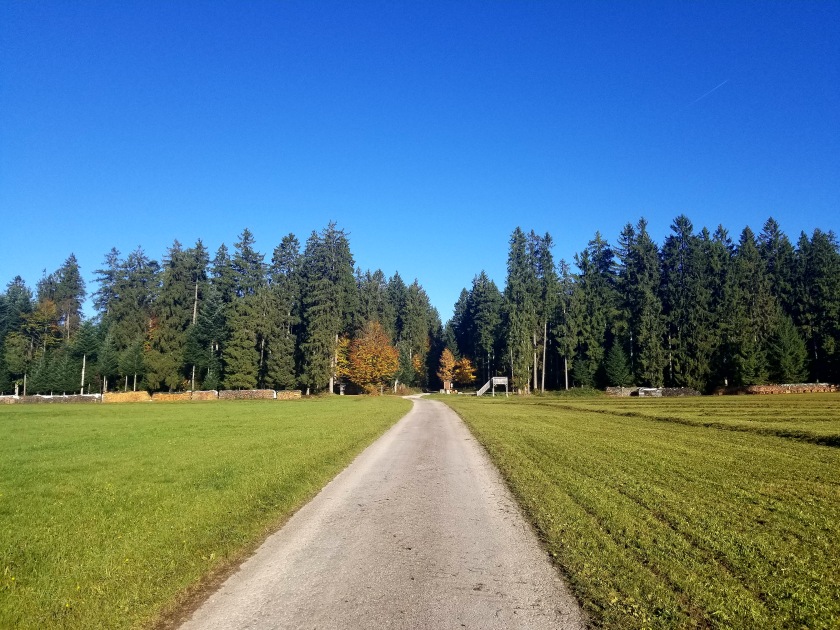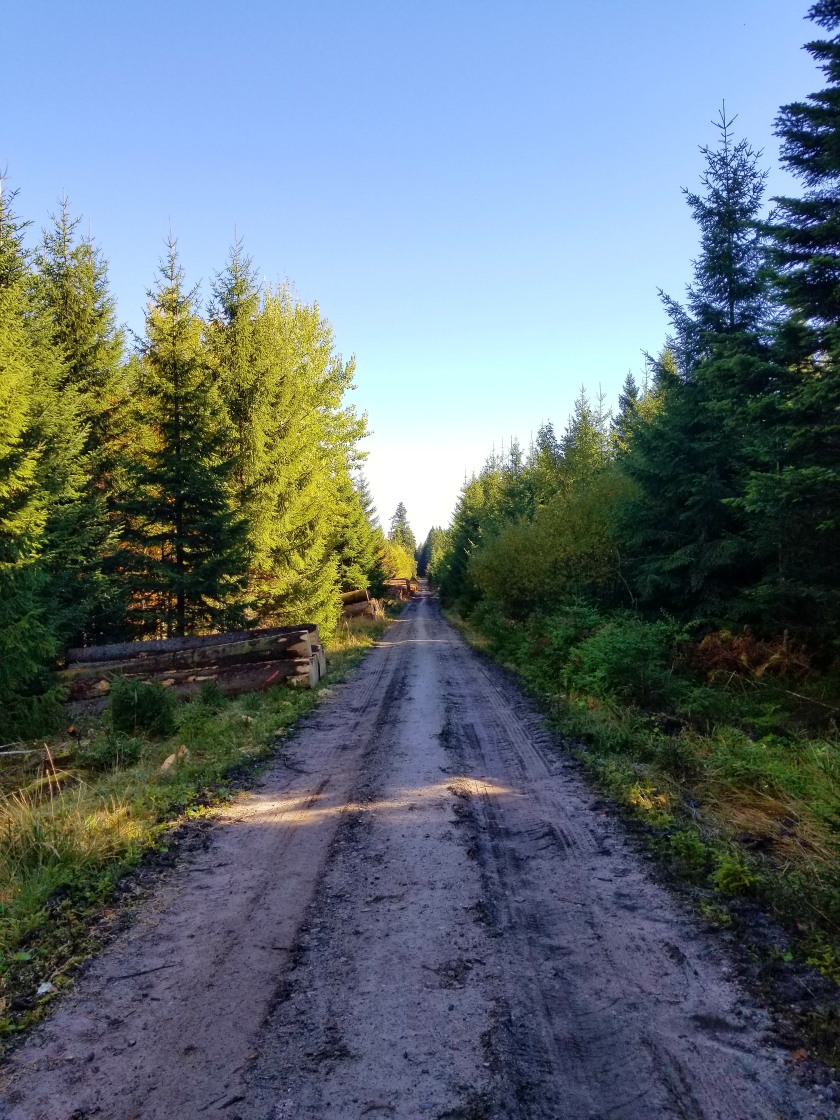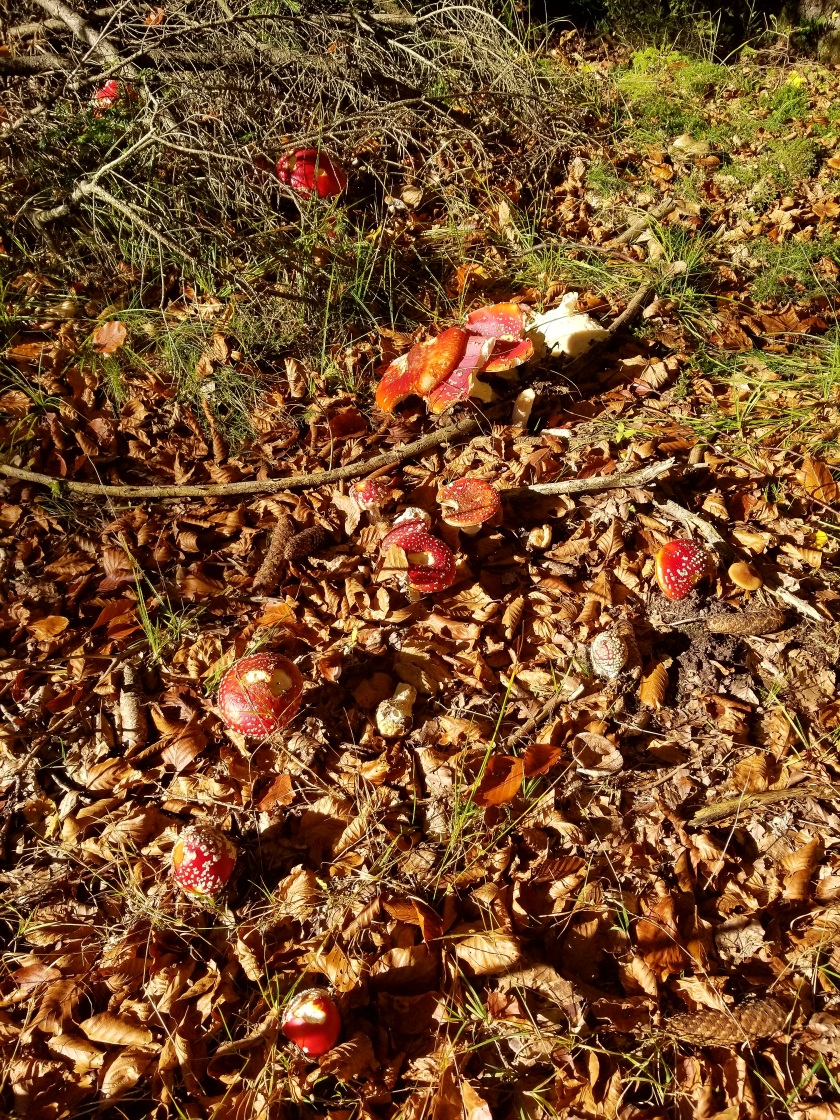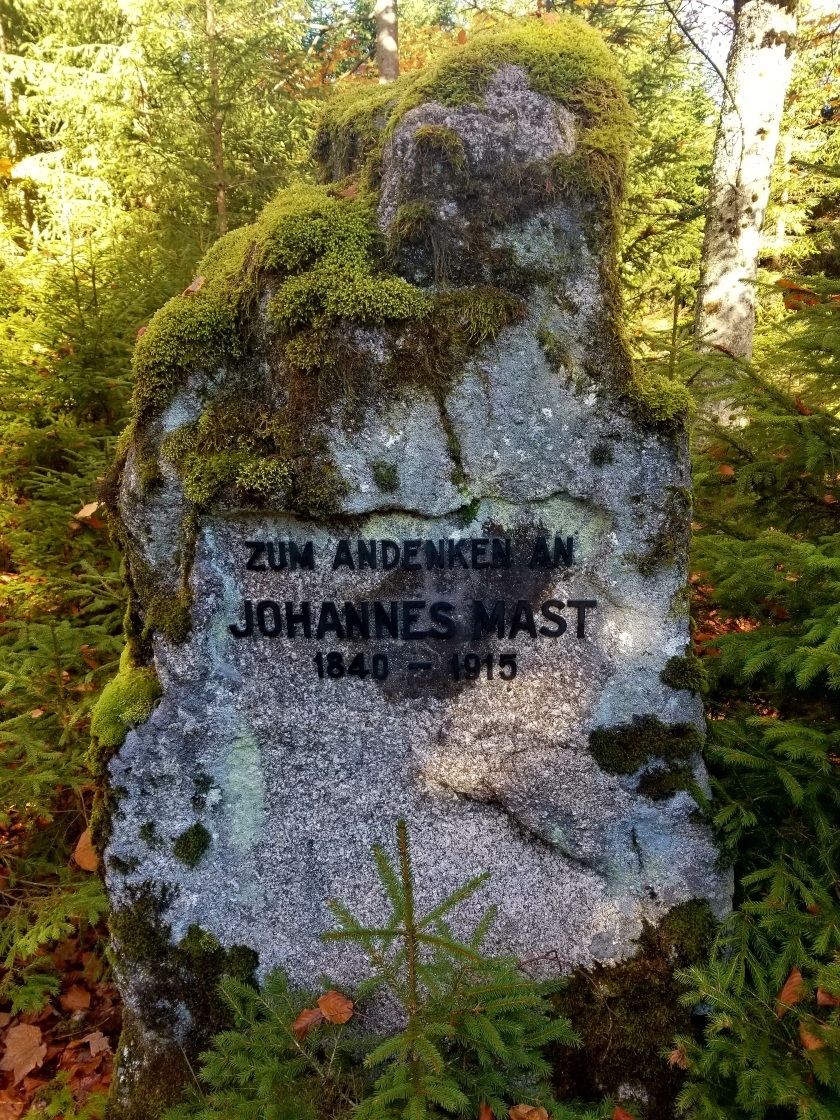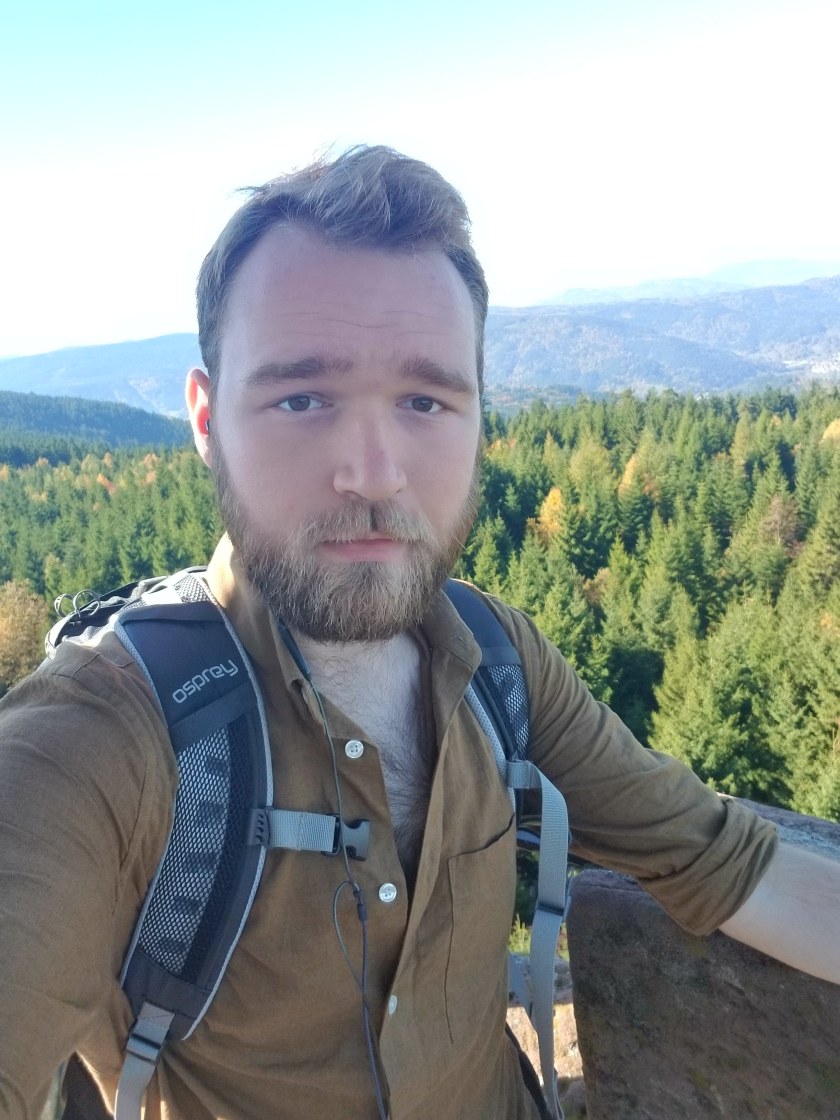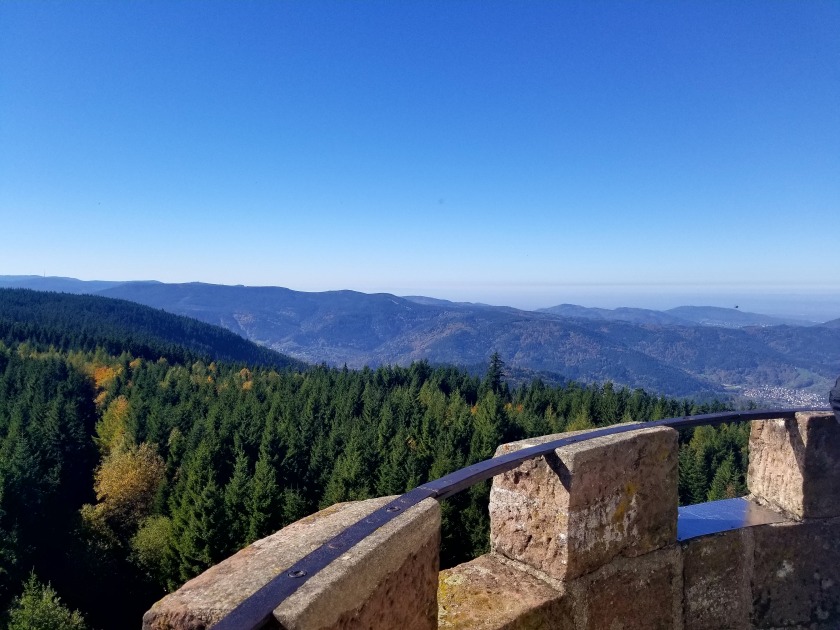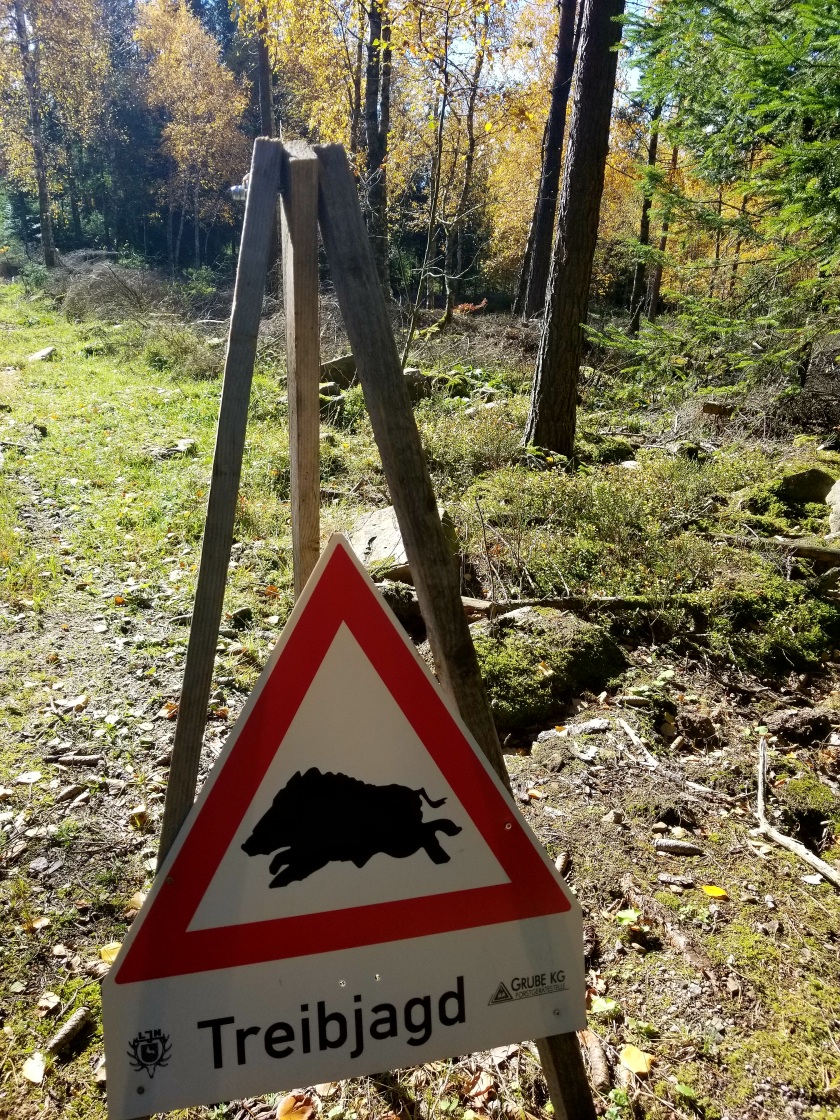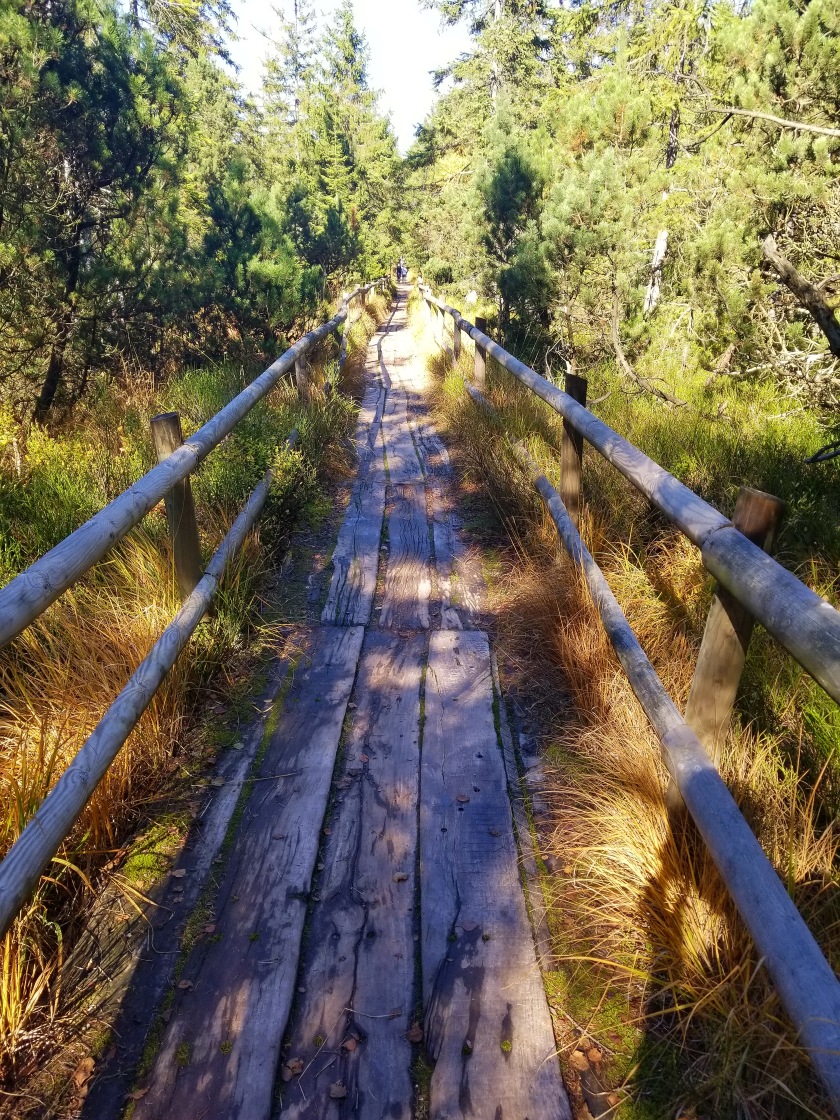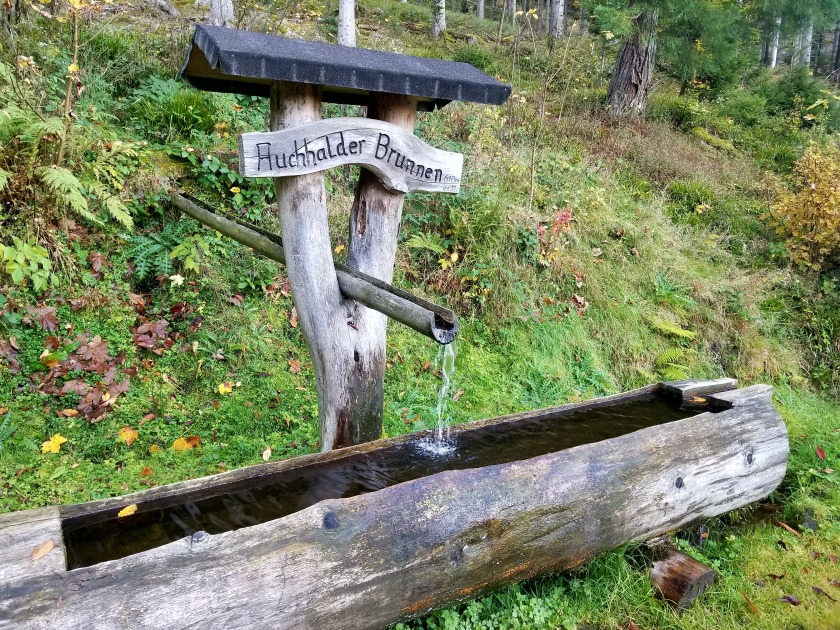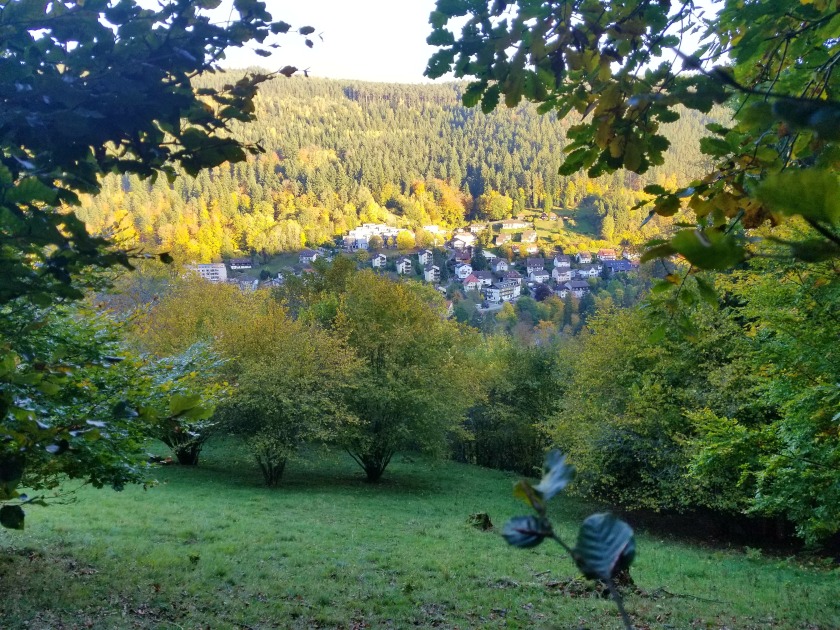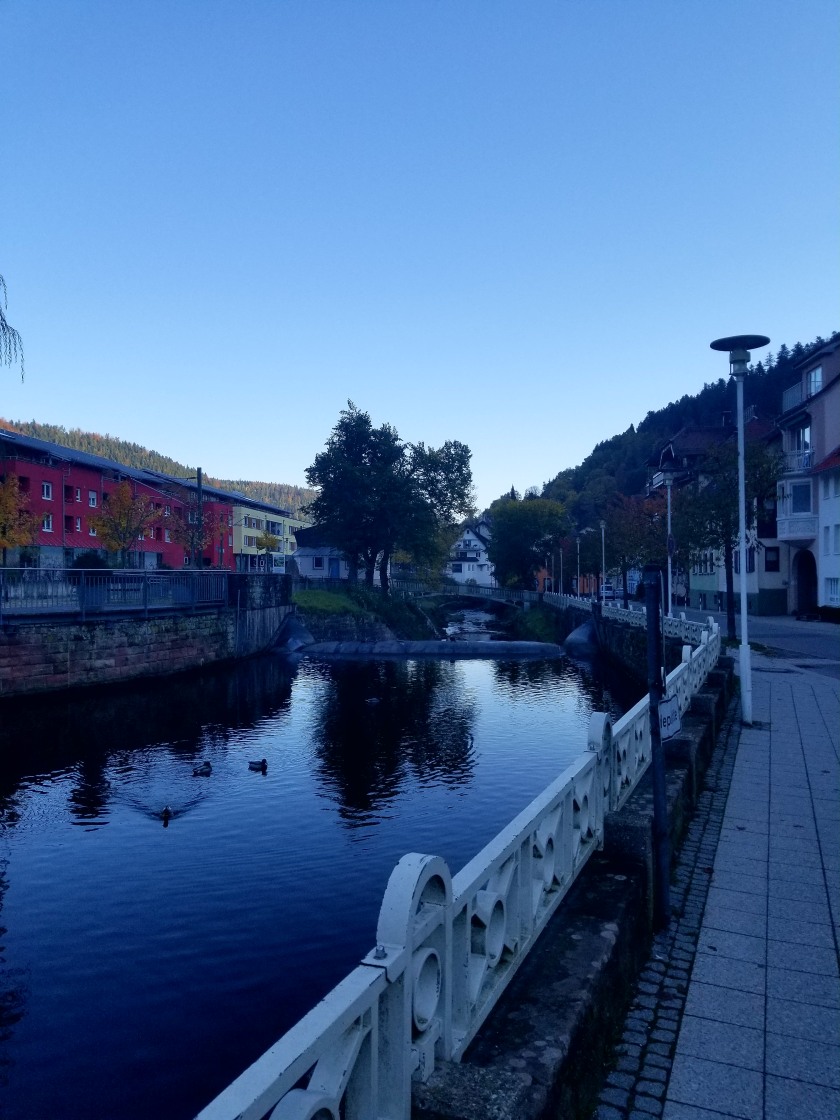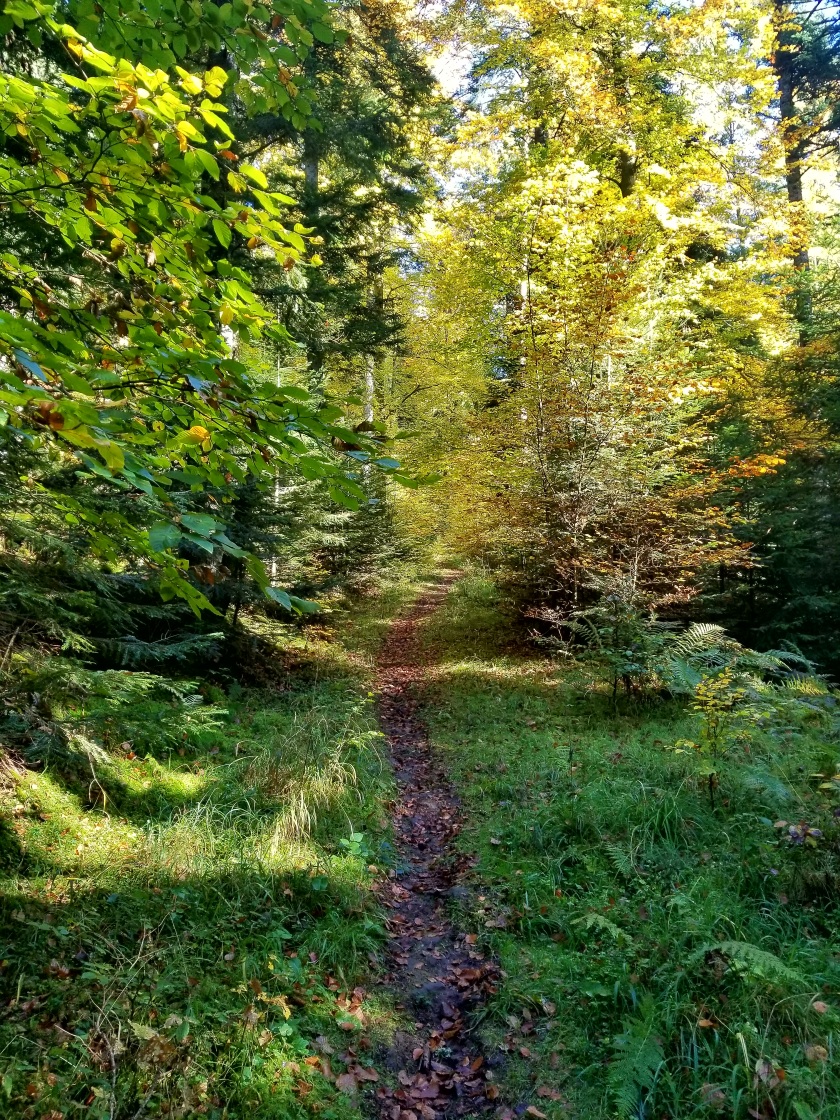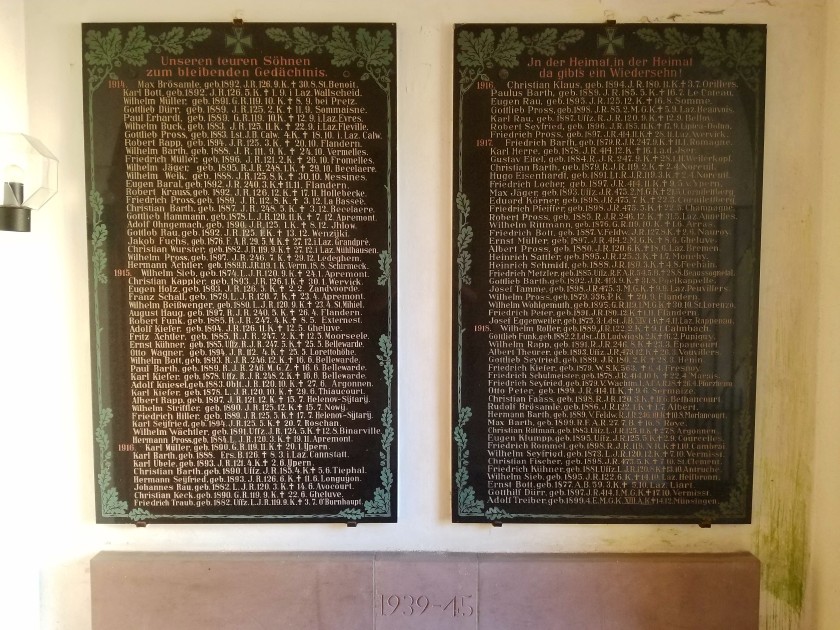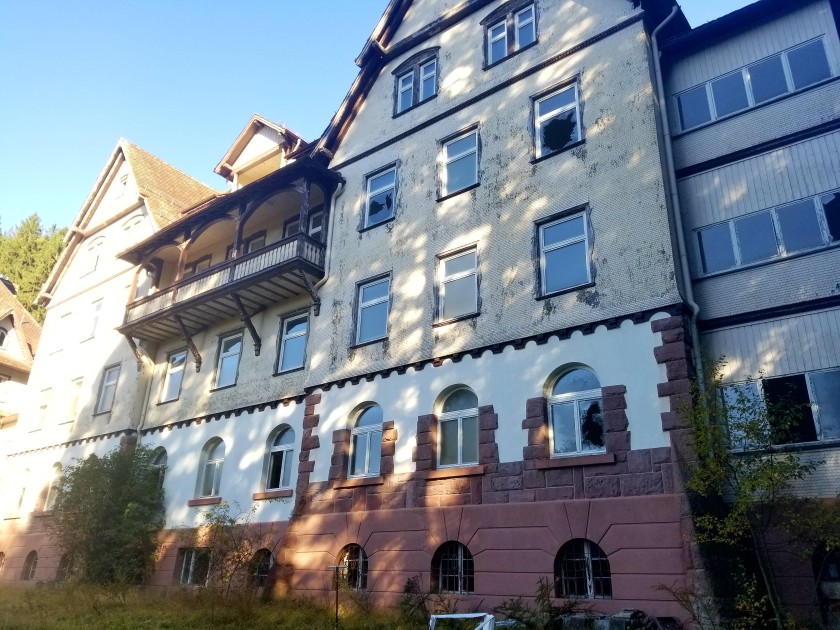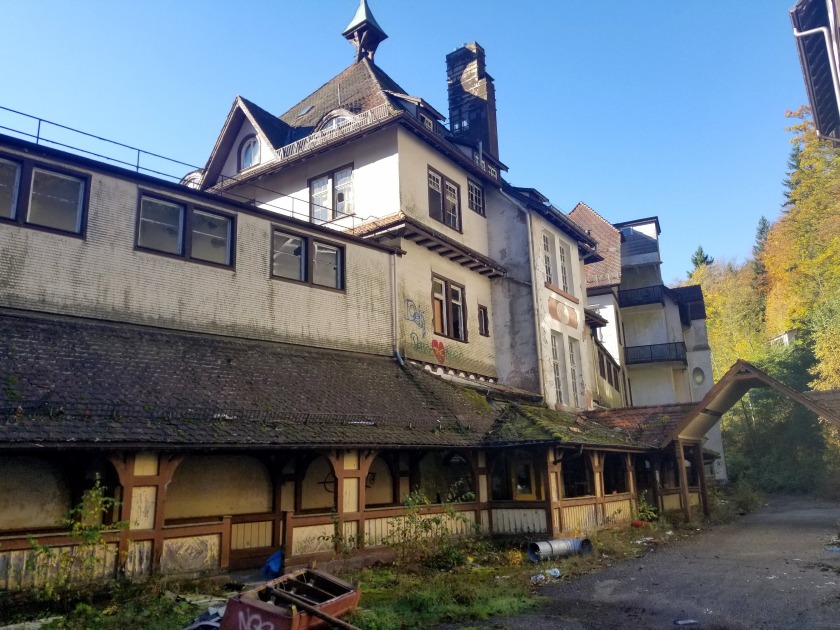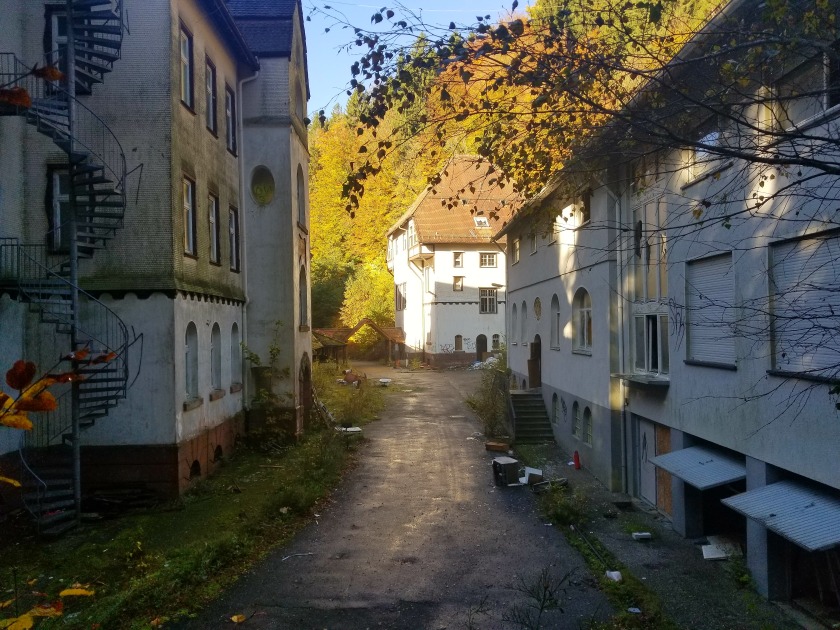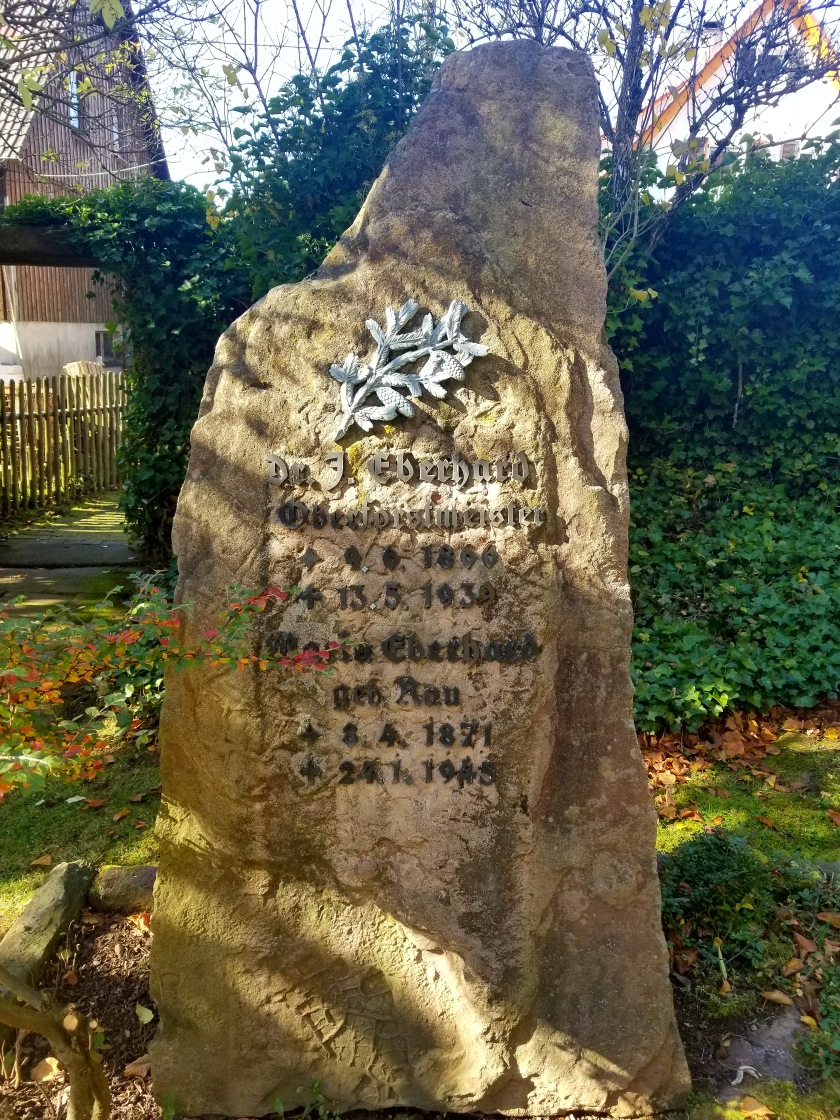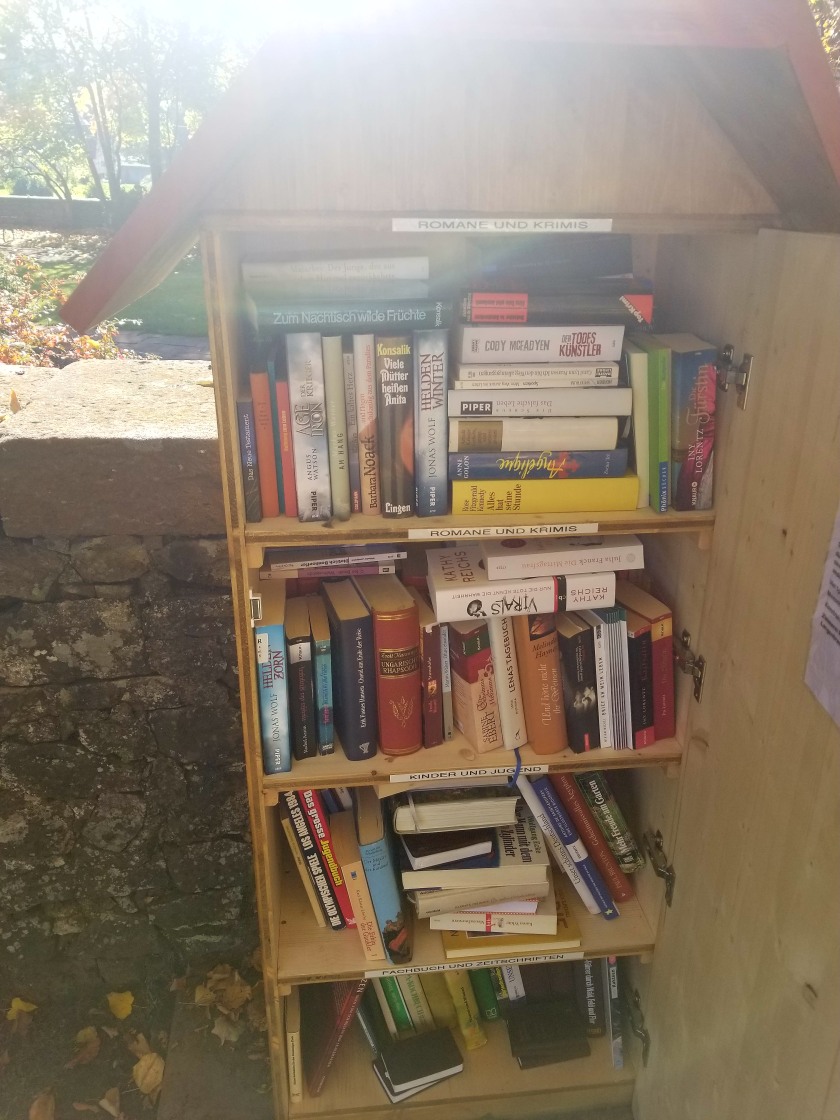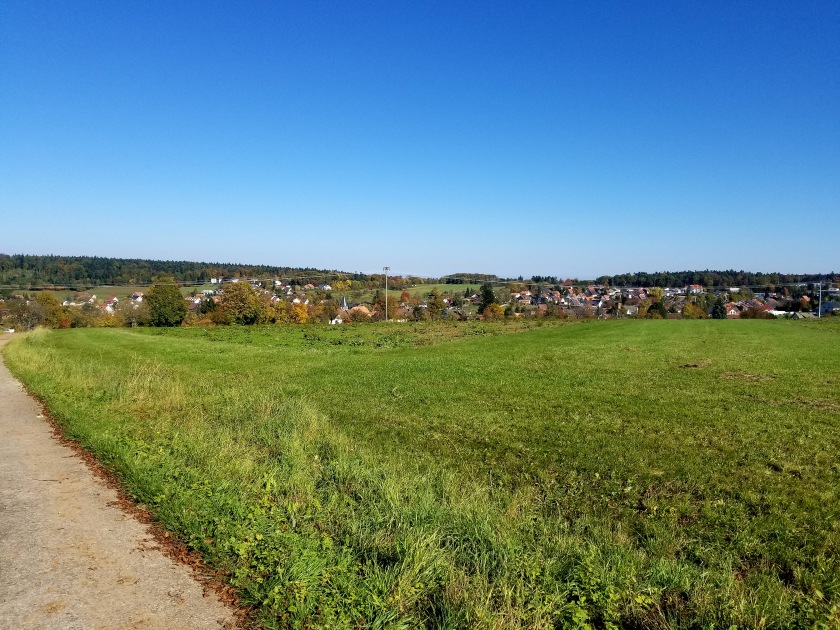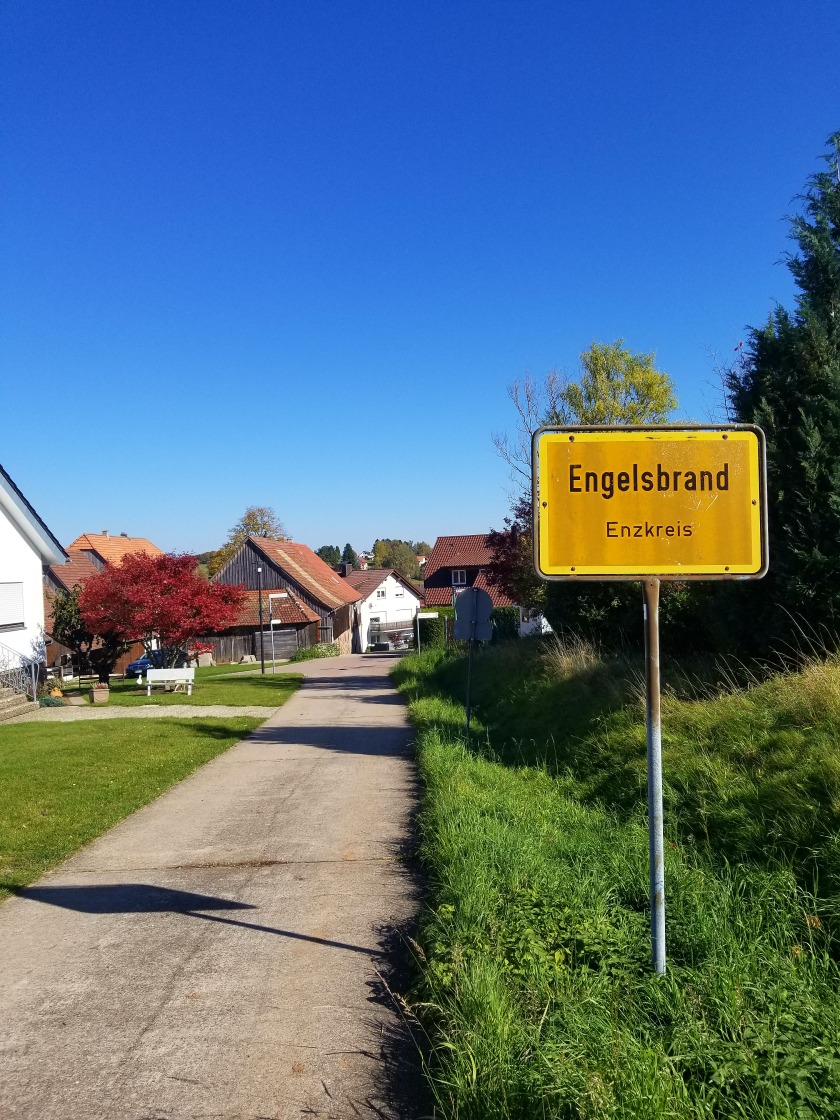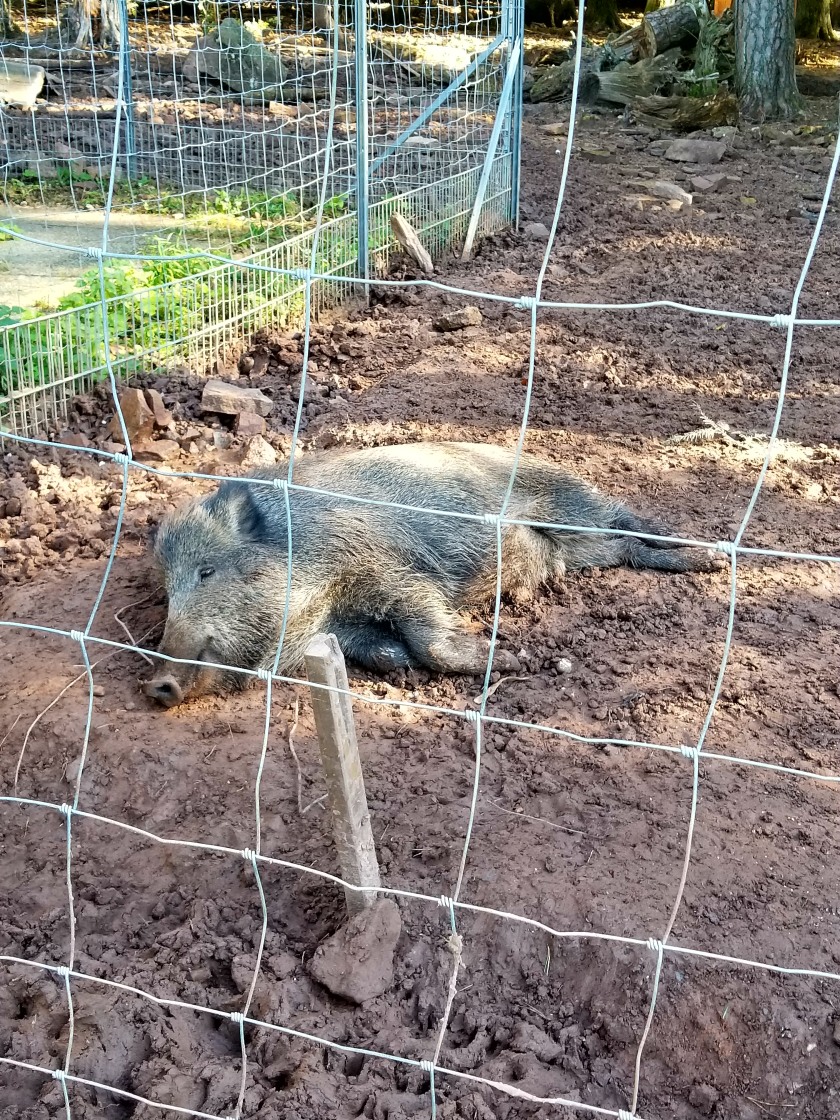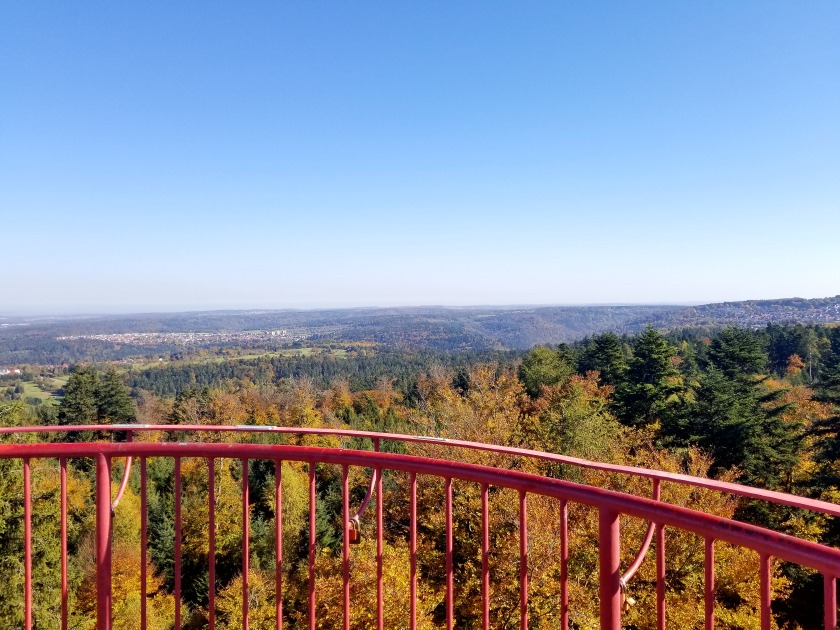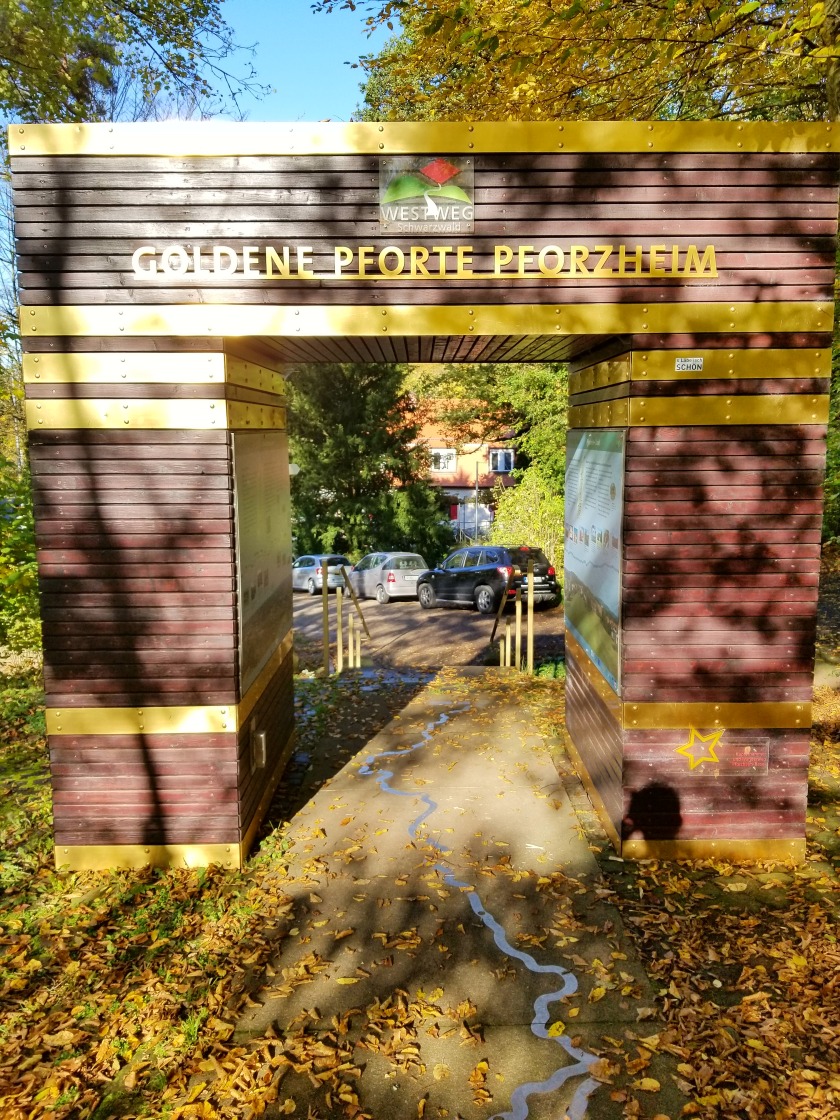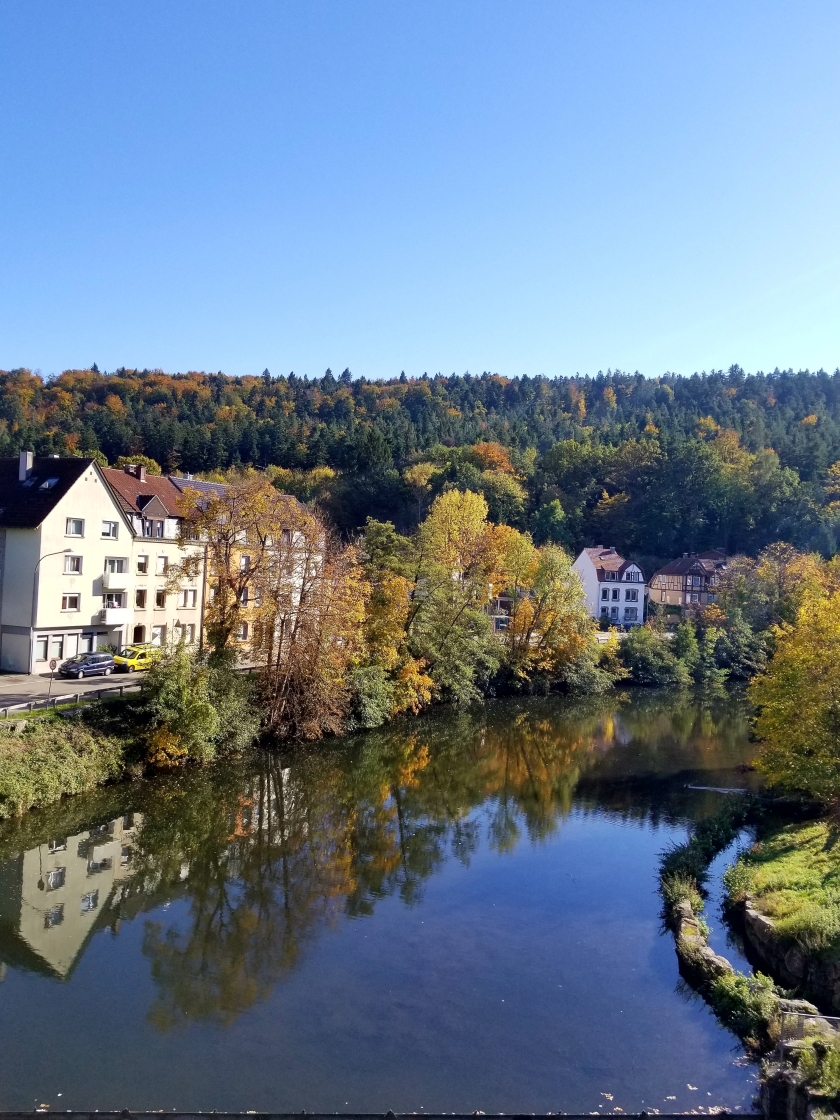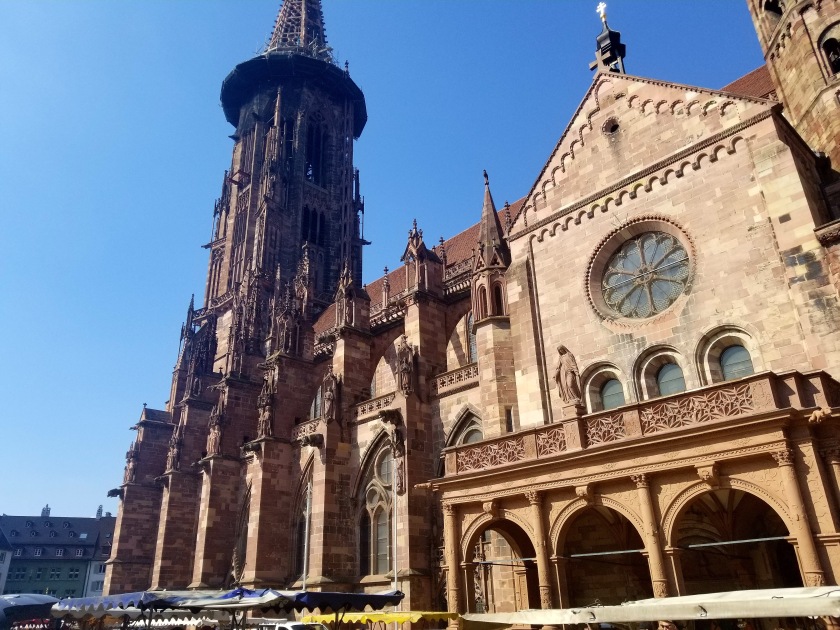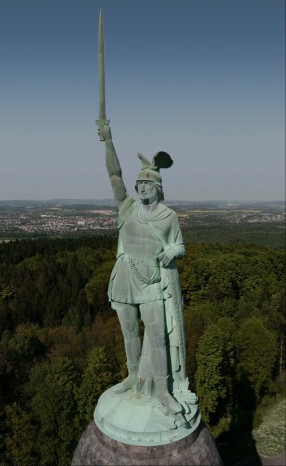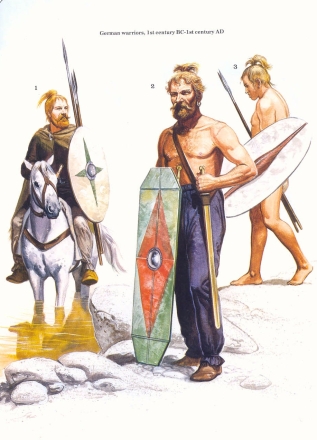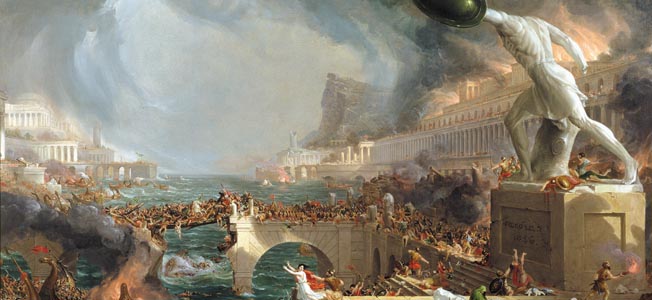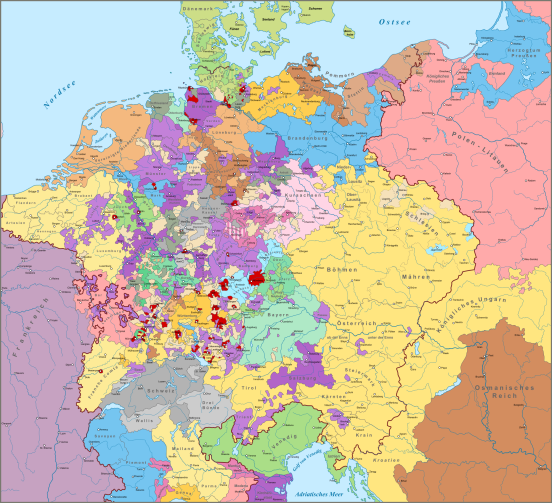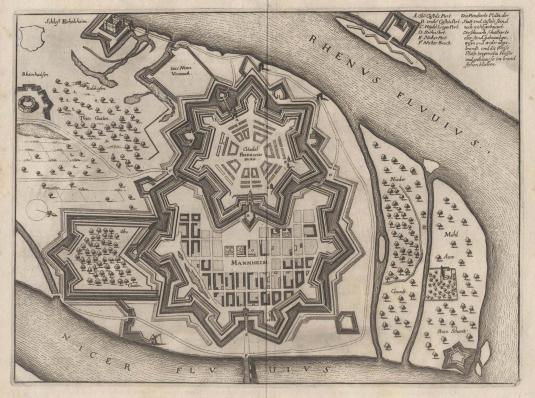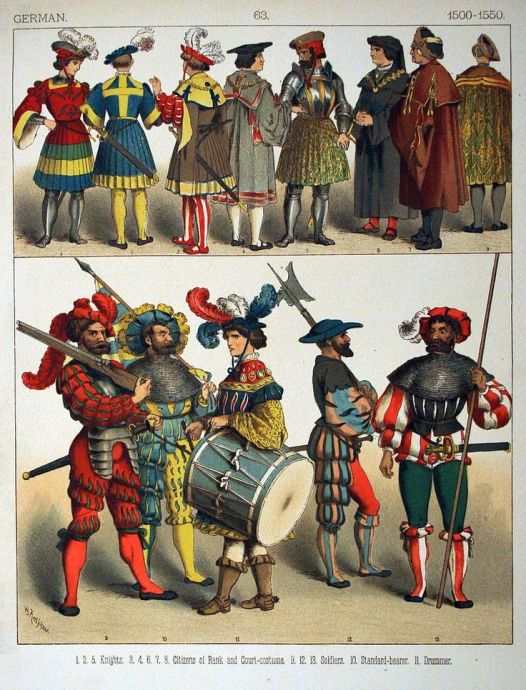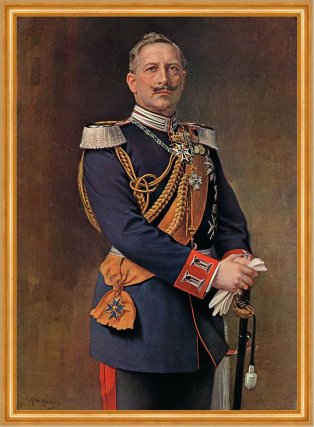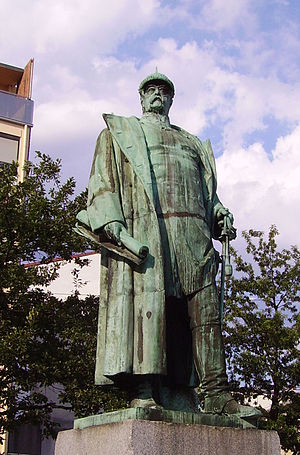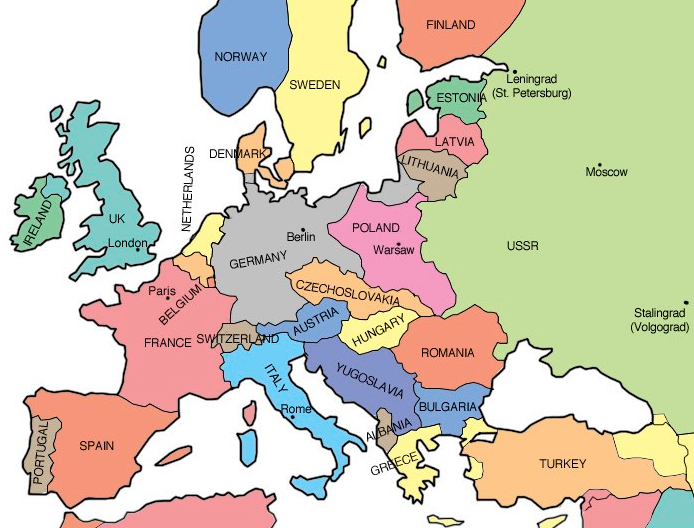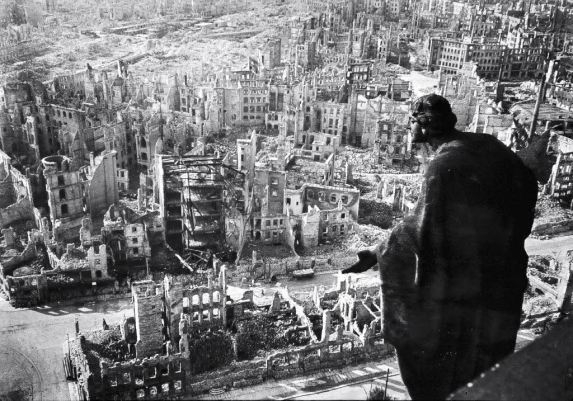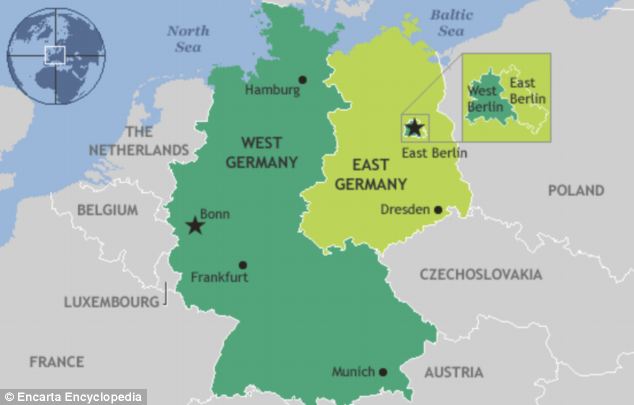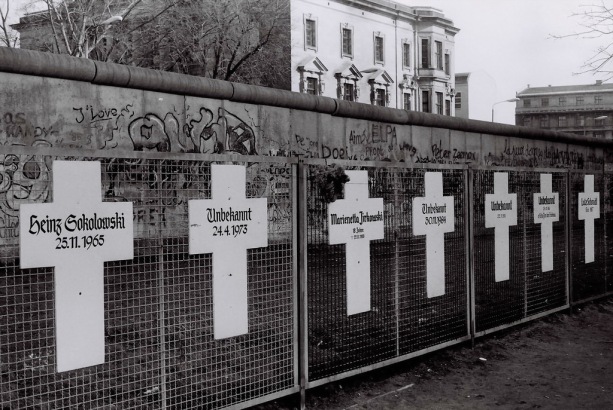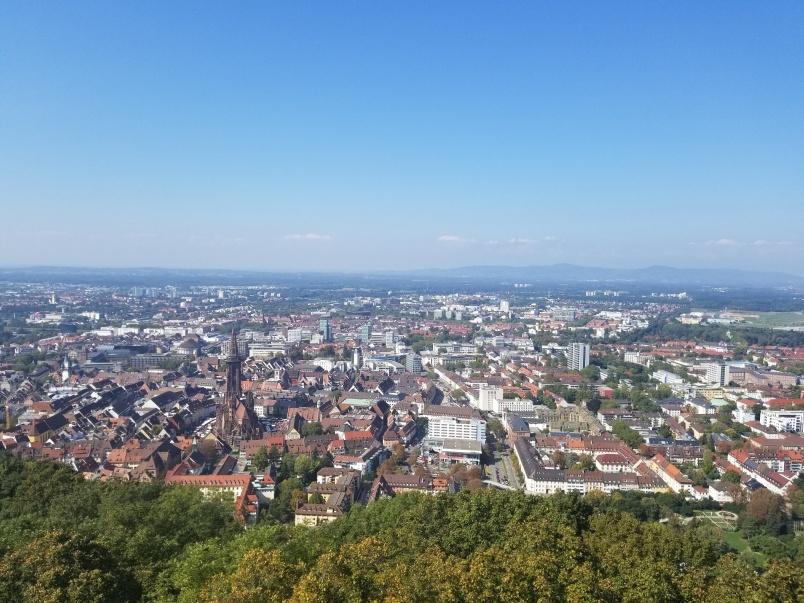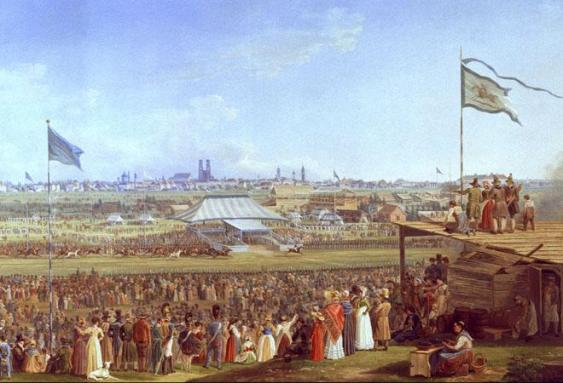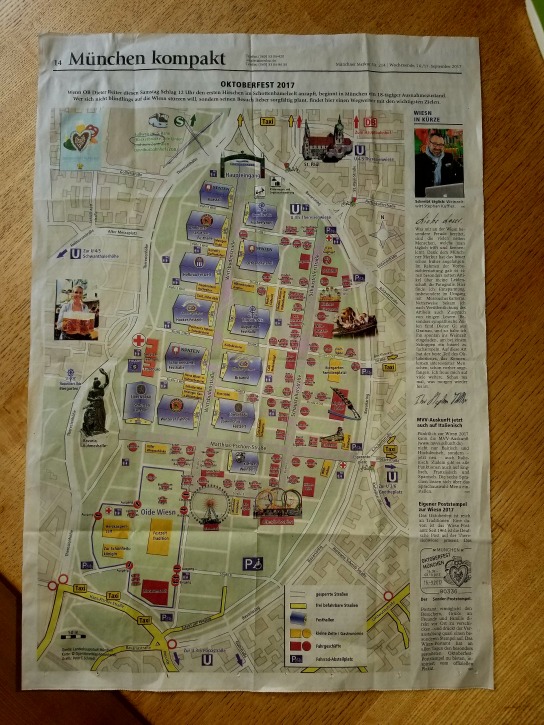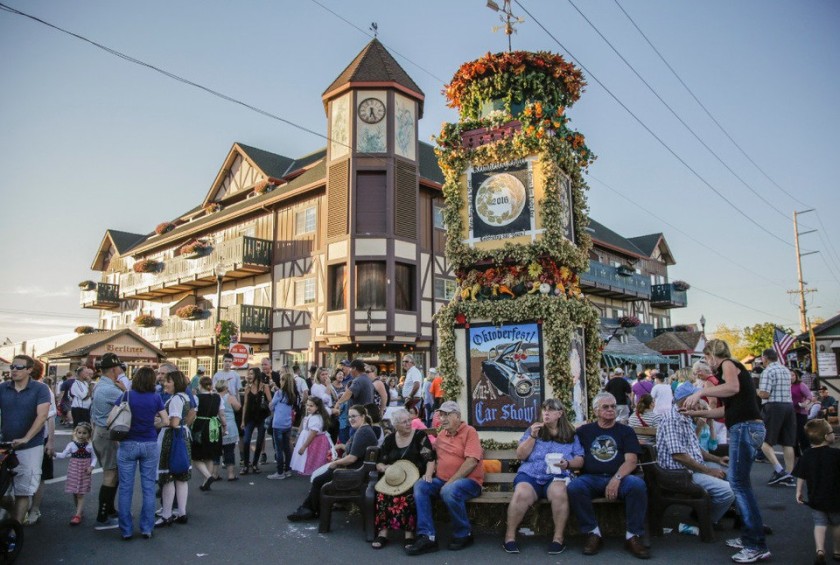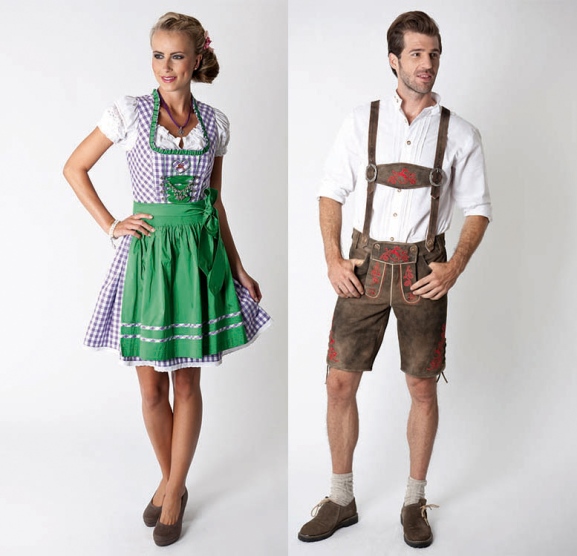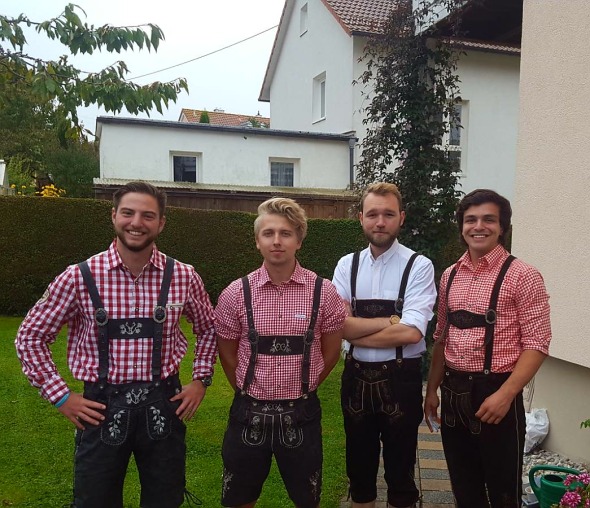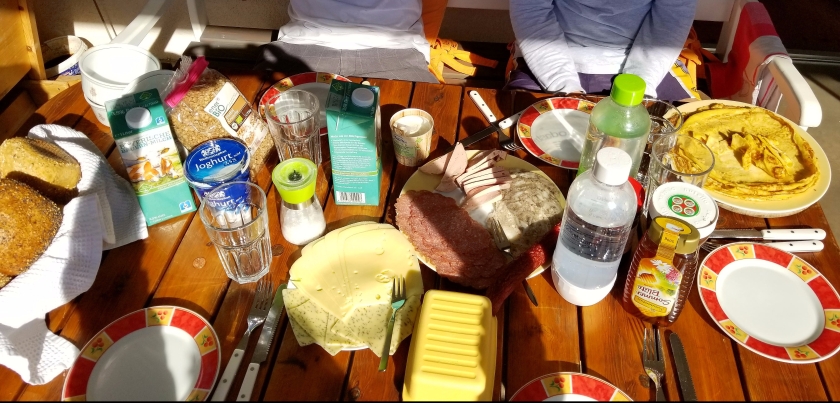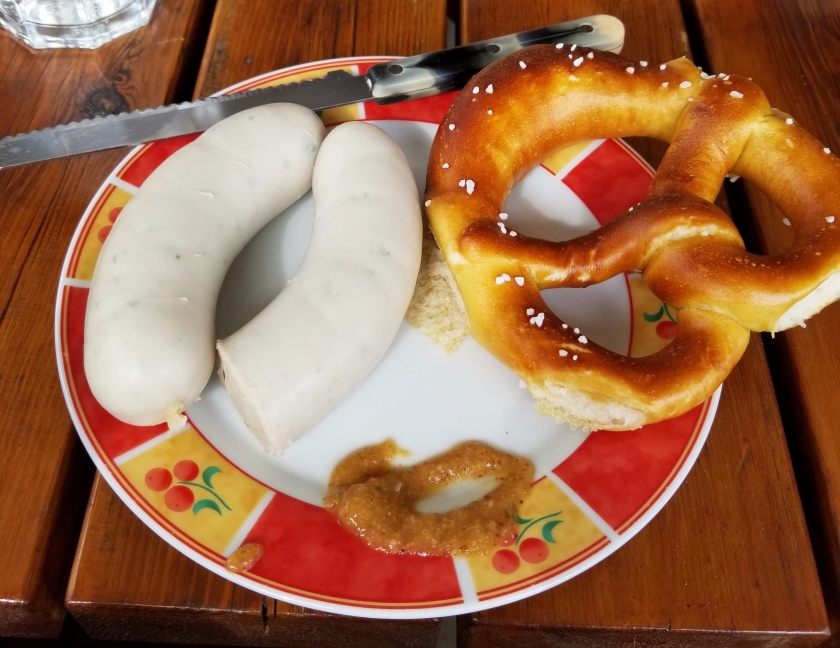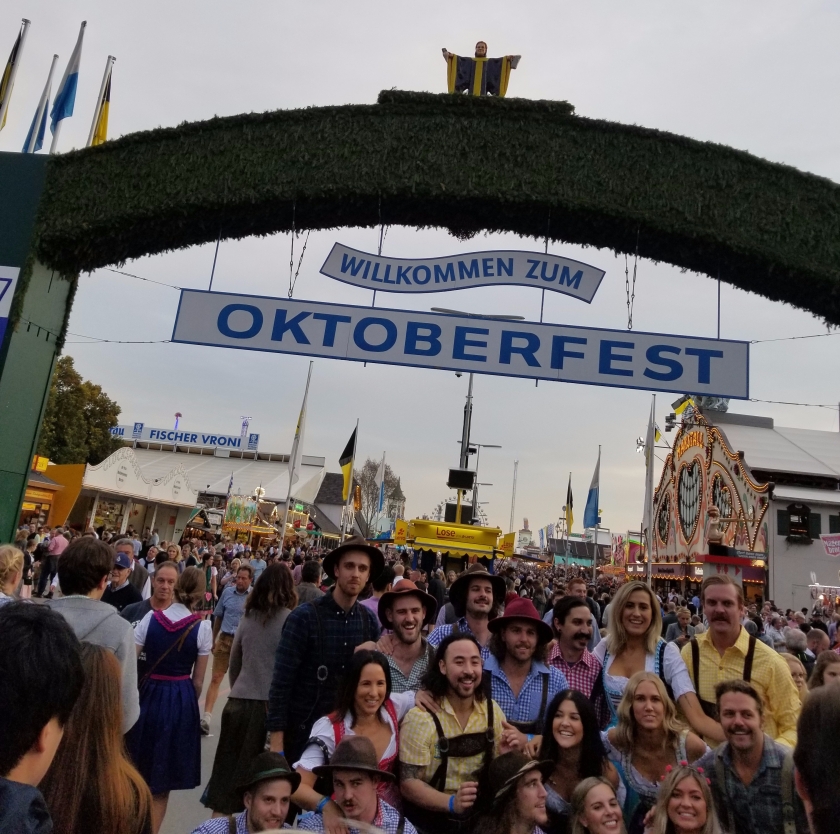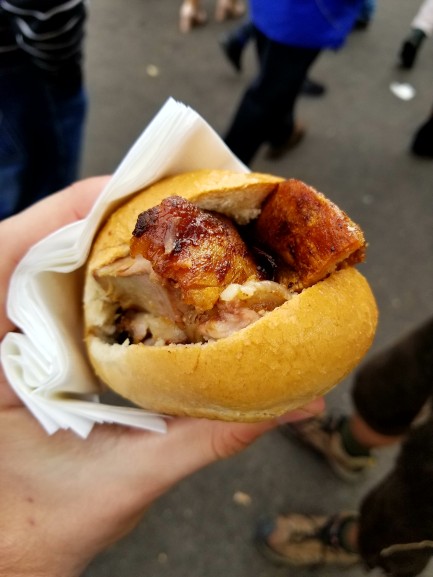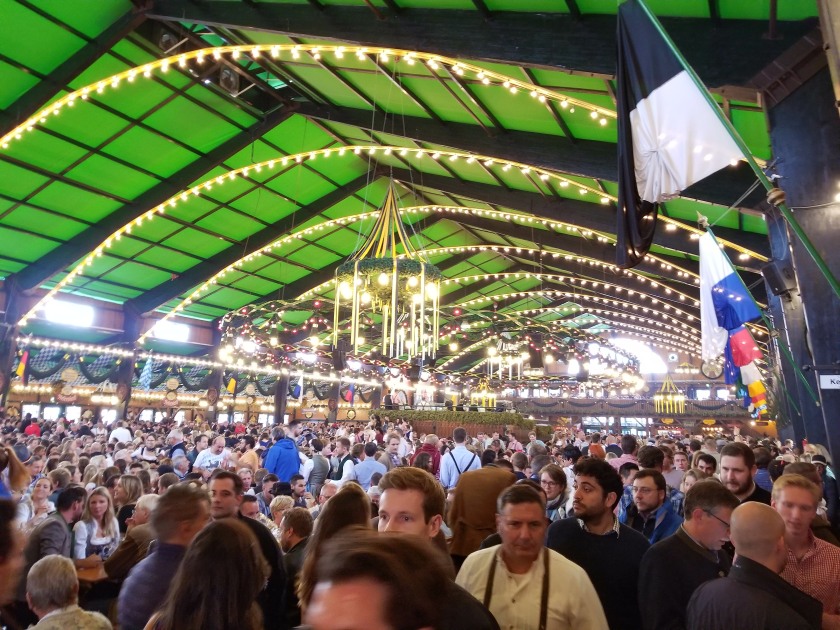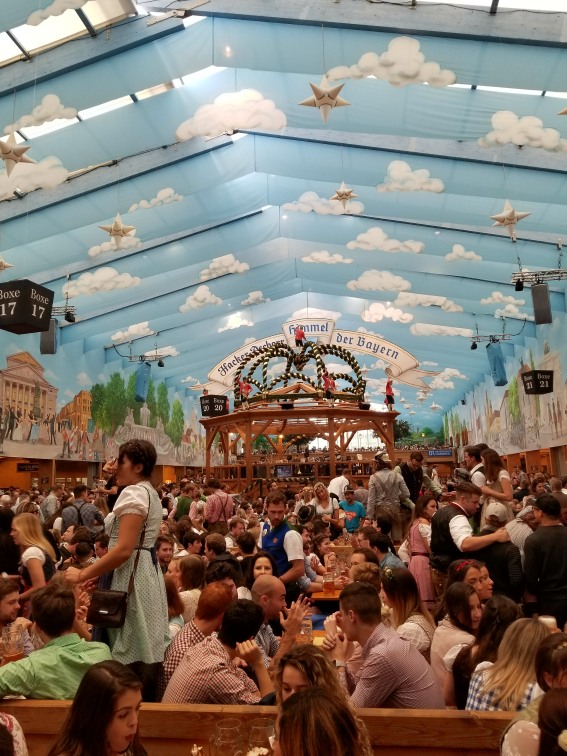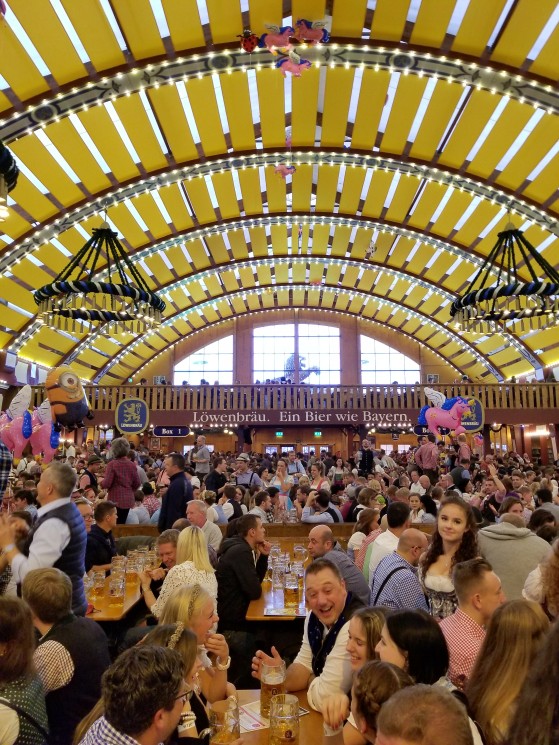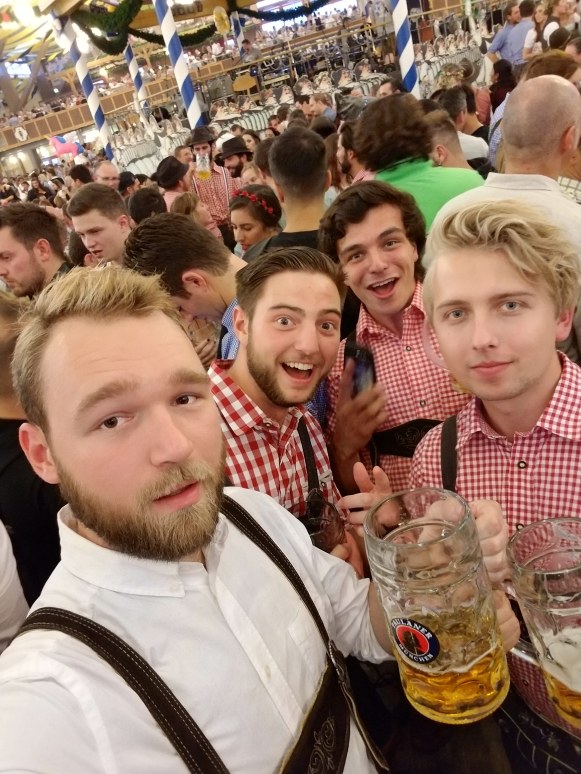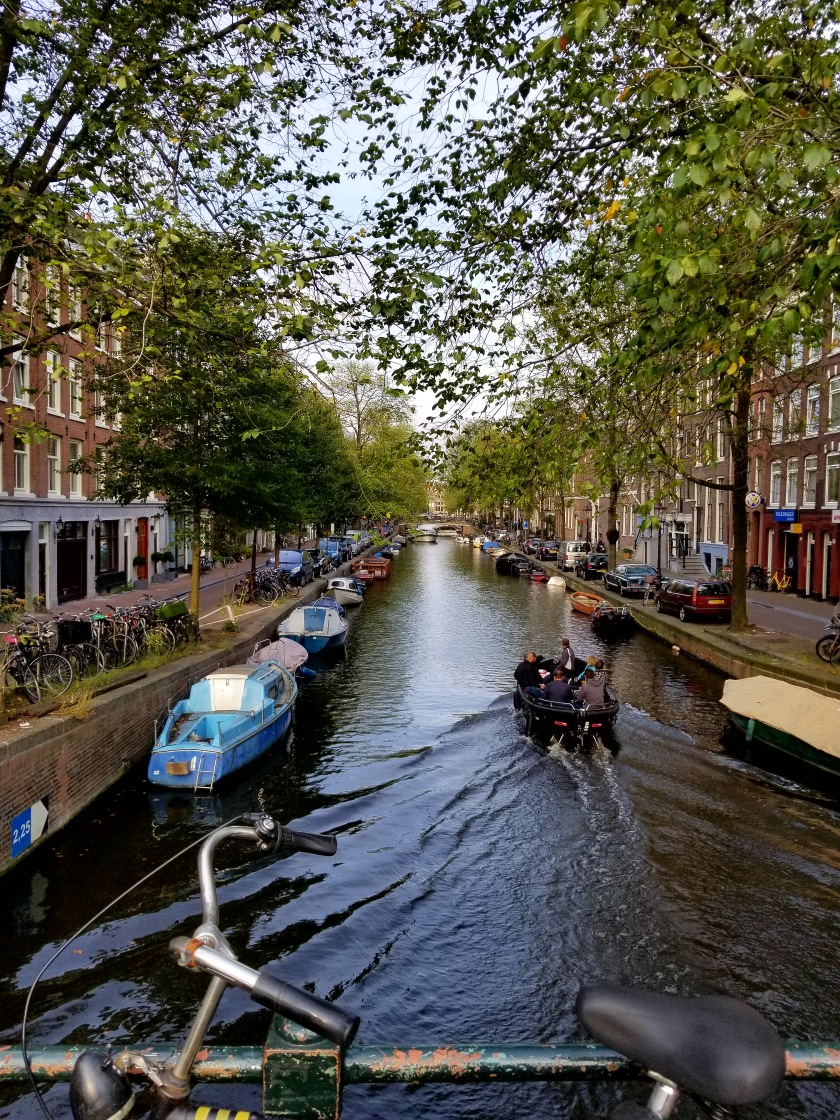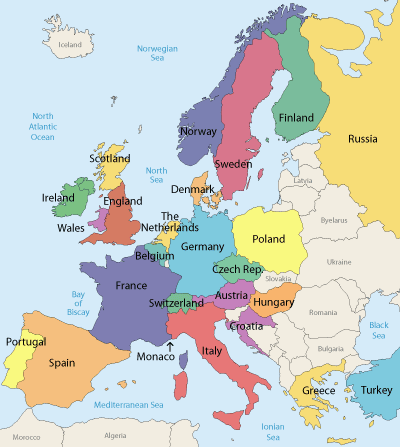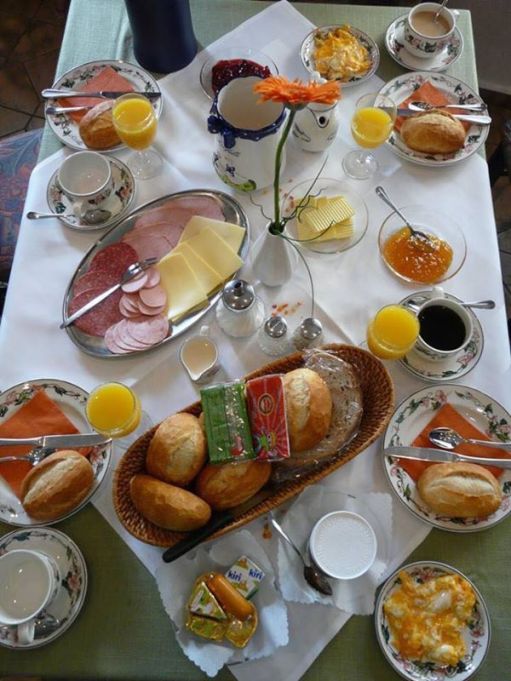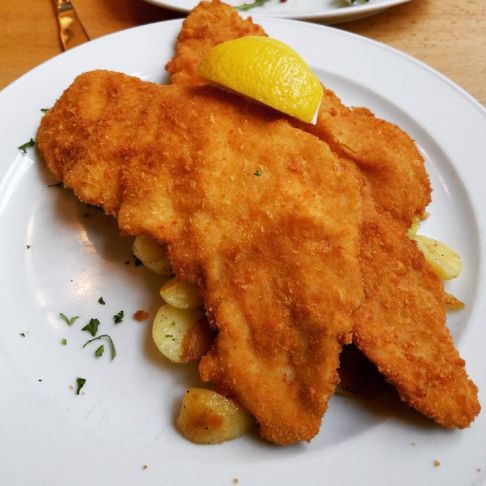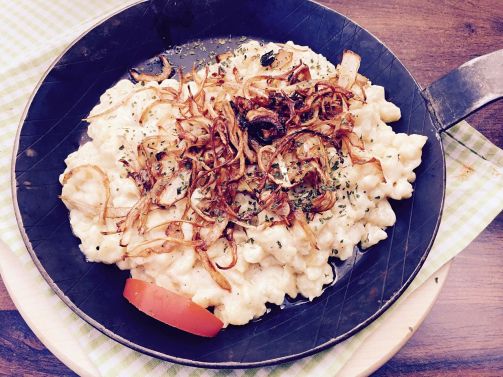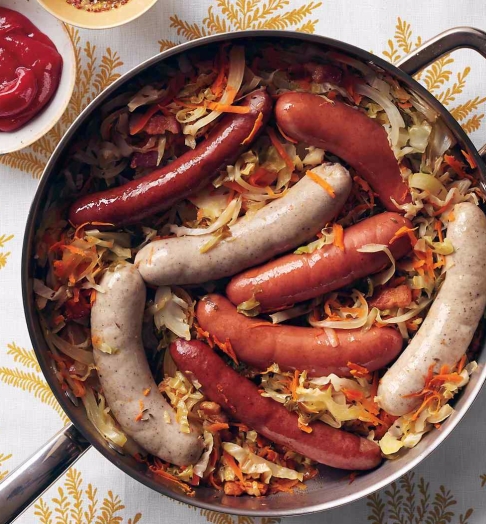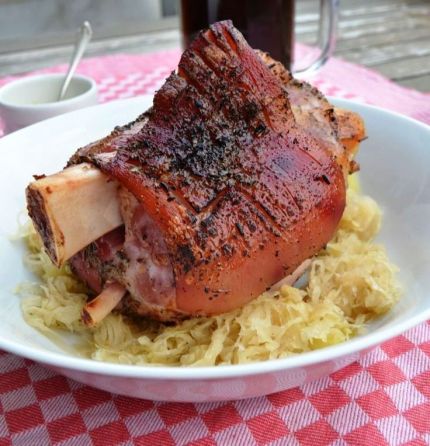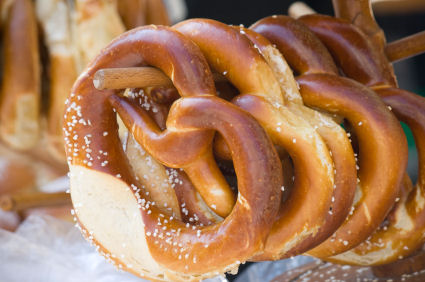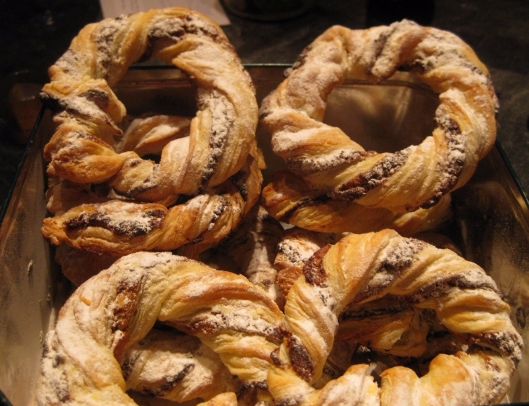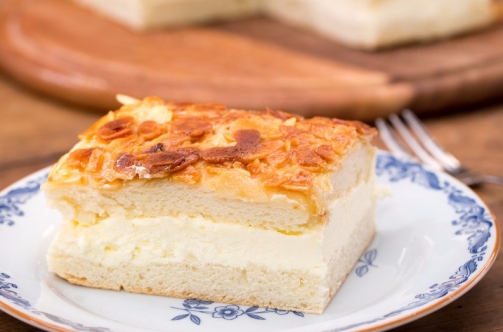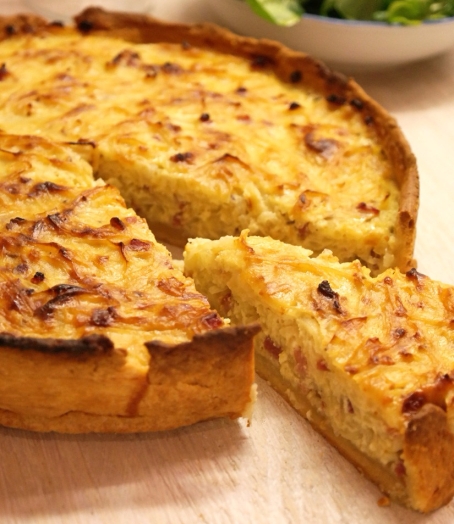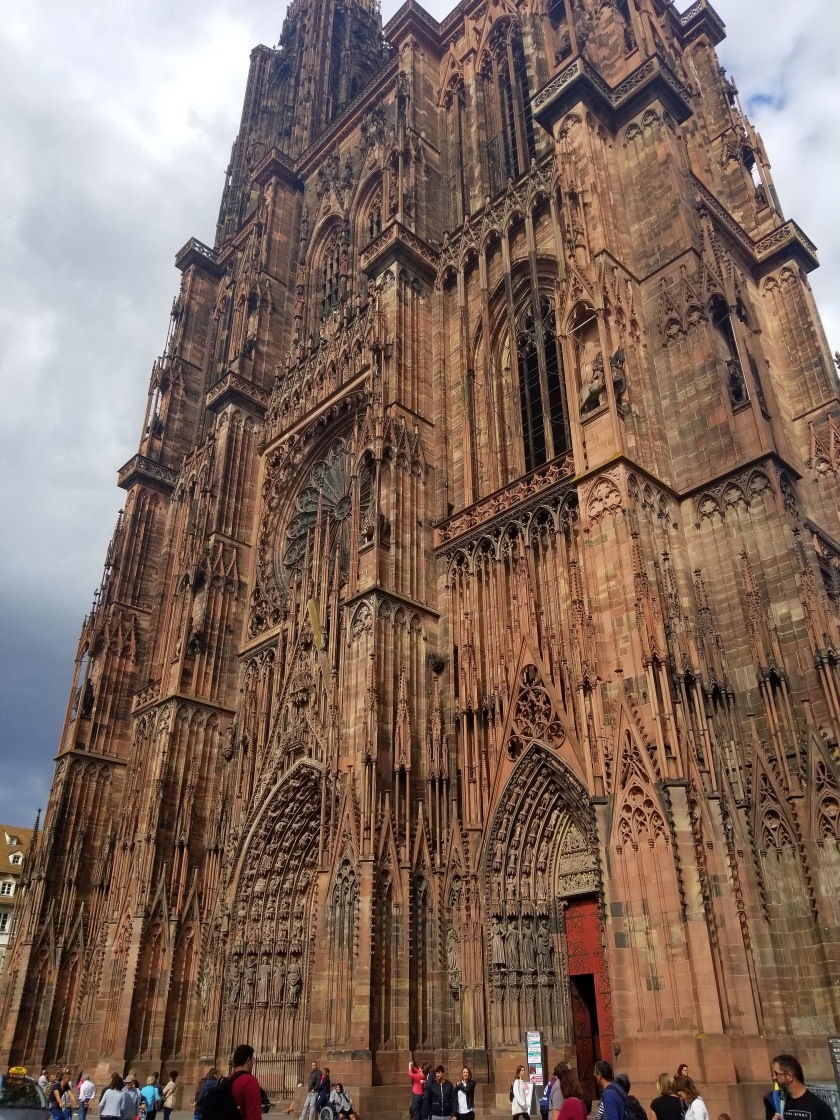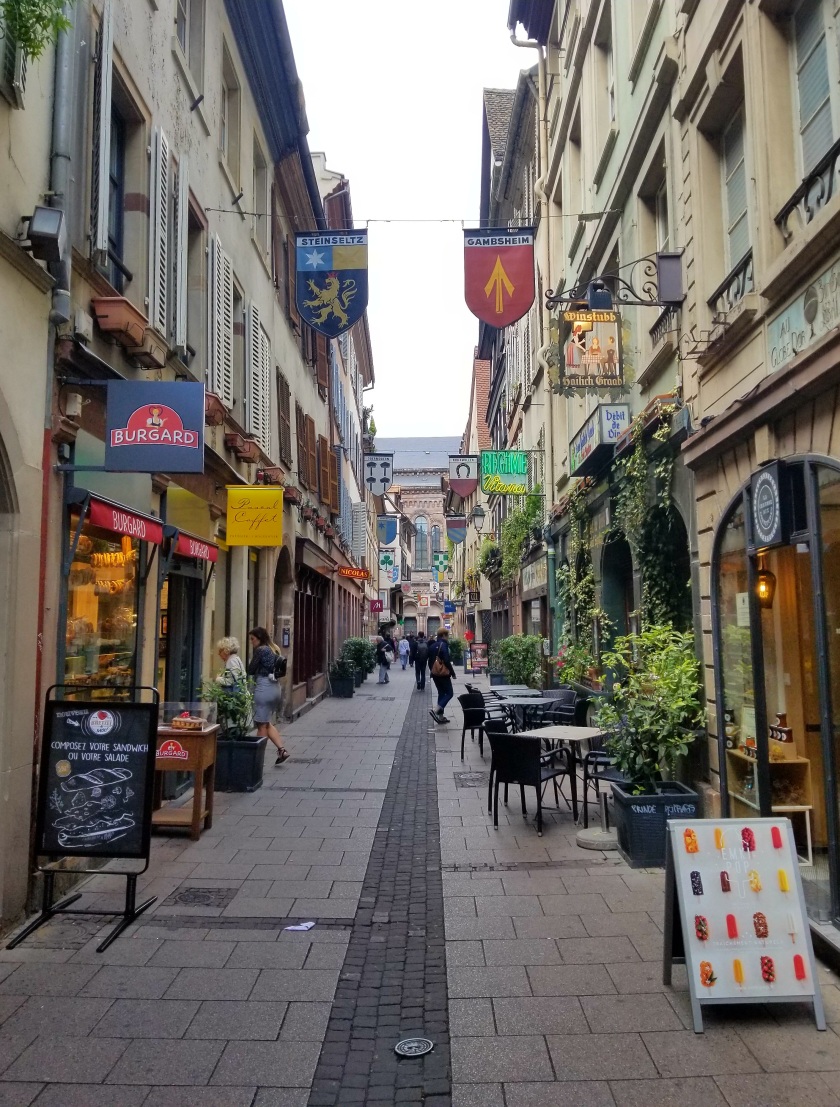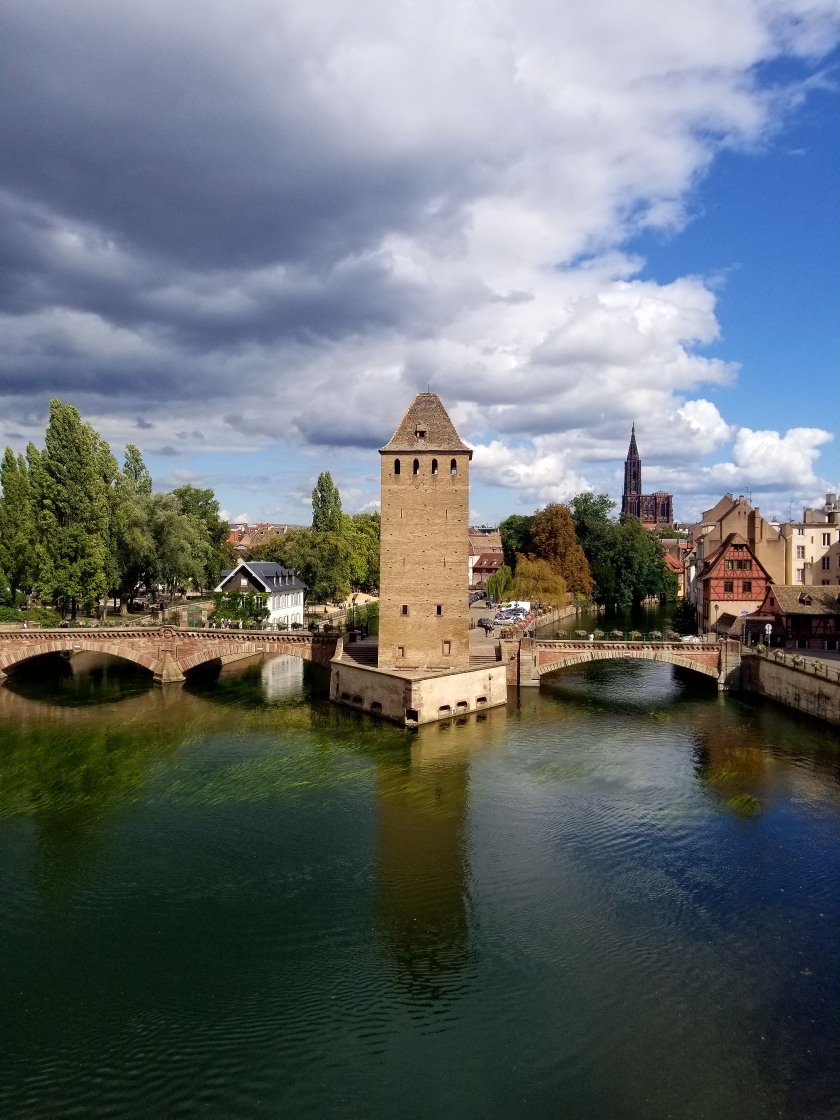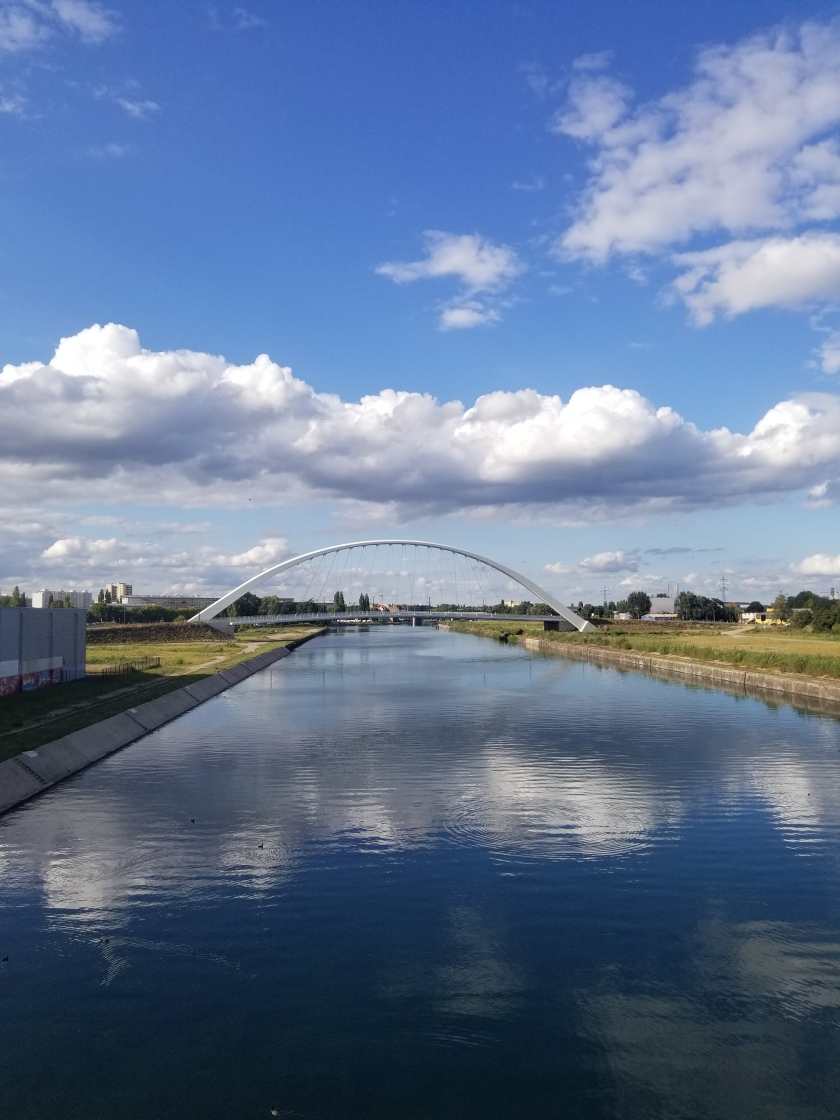The Germanic peoples don’t just live in Germany. Places like Switzerland, Austria, the Netherlands, and Scandinavia all have culture based off of German influences. Like I talked about in the history post, German culture has been developing for over 2,000 years. Much of that still lives on today, even if in not so obvious ways. Today I’ll be talking about some of the fables and folklore that make up a huge part of Germanic culture.
Germanic Folklore
Many stories from ancient German mythology live on as cultural folklore. Up until Germany’s transition to Christianity in the Middle Ages, many of these old stories were very much believed. I’ll go through a couple major myths and folklore that date back thousands of years.
Lorelei
Once upon a time, a beautiful woman named Lorelei waited on a great cliff on the Rhine river to watch her husband return from sailing, but only saw his boat sink and him drown. She then leaped from the rock, drowning herself too. The legend goes that she now haunts this rock as a ghost. She would sing to sailors while brushing her golden hair, luring them to crash against the cliff in the night. You can still sail to this rock today and climb to the top to see Lorelei’s wonderful view of Germany’s greatest river.
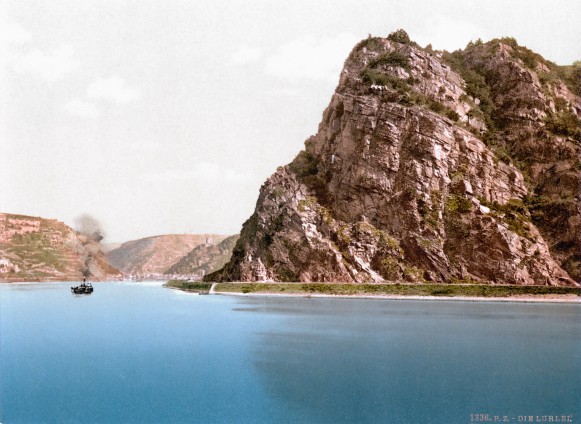
The Wild Hunt
This legend tells that at night, you can sometimes see Odin and the other Germanic gods on a hunt through the sky. If the Hunt spots you, they will ask you to assist them. If you refuse to help them, the Hunt will often lay a curse upon you. However, if one agrees to help the Hunt, they will give great rewards in gold, salt, or meat. The only way to avoid the Wild Hunt is to stay on the road and not to look up into the sky.

Krampus
In the United States, Santa Claus (St. Nicholas) is supposed to reward you if you’re good and punish you if you’re bad. However, in Germany, they have a whole other person to punish you if you’re bad: Krampus. Krampus is a half-goat, half-demon who comes on the 5th of December. Like St. Nick, he carries a large sack. But instead of bringing coal, he’ll just take any misbehaving kids with him! He sometimes carries birch branches to whip bad kids. People still incorporate this legend into Christmas celebrations – all German kids know about Krampus.
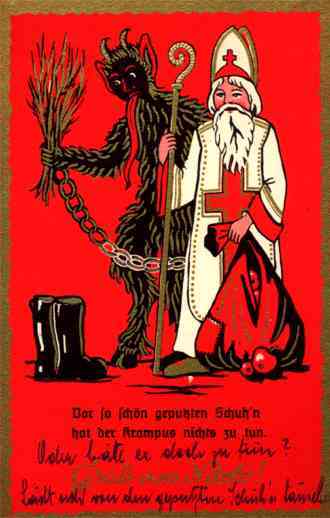
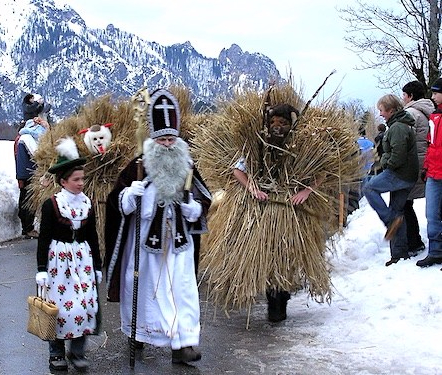
Fables & Fairy Tales
Fairy Tales, Märchen (Mare-shen), are a huge part of German culture. Many of the most famous fairy tales, Disney stories, and fables are German in origin.
The Brothers Grimm
Jacob and Wilhelm Grimm were German students from an extremely poor family. They had great passion for German culture, and as Napoleon was invading from the West, they feared much of this culture would be destroyed by the French (who were always rivals with Germany). They didn’t write the stories, but rather set out to collect and record as many folktales as possible. Much of this took place in the isolated Black Forest, where I was last weekend! Some of these stories collected are as ancient as 6,000 years old!! How crazy is that?
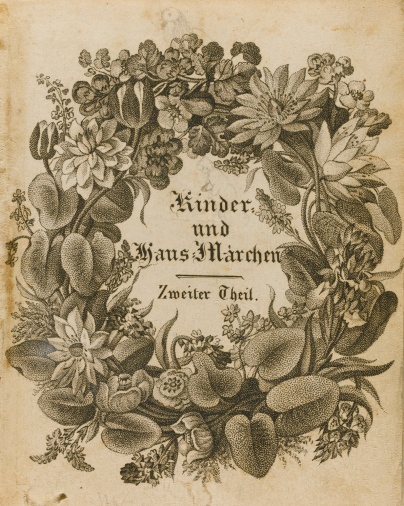
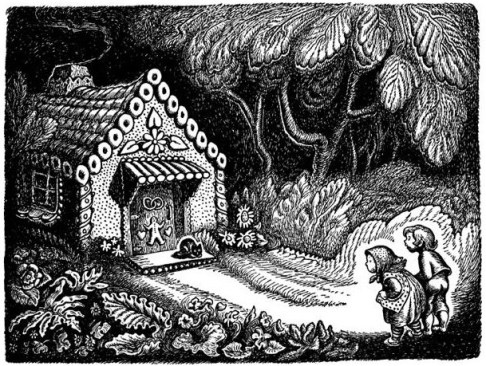
Just to see how many of these stories you already know of, here are some of the stories they collected from townspeople hundreds of years ago:
- Cinderella (Aschenputtel)
- The Frog Prince (Der Froschkoenig)
- Hansel and Gretel (Haensel und Gretel)
- Rapunzel (Die Rapunzell)
- Rumpelstiltskin (Rumpelstilzchen)
- Sleeping Beauty (Dornroeschen)
- Snow White (Schneewittchen)
These are just ones I could think of off the top of my head, there are hundreds more you would all know of. Look up your favorite Disney movie or fairy tale and see if it comes from old German folklore… it just might!
Max and Moritz
Max and Moritz is another classical German fable that everyone here knows about. It tells the story of two mischievous boys in the 1800s through seven of their pranks. Like most stories, there is a very clear “moral of the story” at the end…
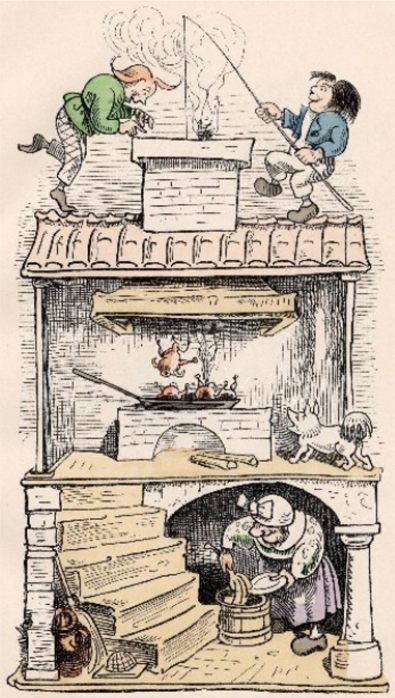
The boys eventually “prank” everybody in town. Each chapter is named after their next victim (the Widow, the Teacher, the Tailor, the Uncle, the Baker, the Farmer). Their “pranks” range from stealing food to loading their uncle’s pipe full of gunpowder. Eventually, after making everyone in the town hate them, they try to steal some grain from the farmer. They accidentally fall into the mill and get baked into bread.
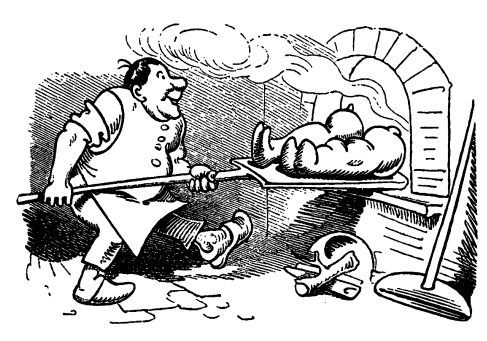
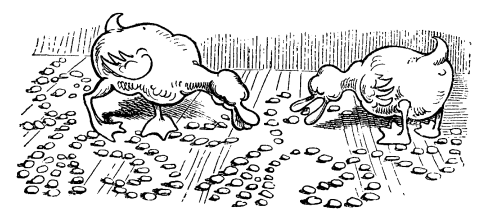
The people of the town realized what they had done, but nobody cared because of how cruel the boys were to everyone in town. So many of these German tales have brutal endings!
Die Sterntaler – The Star Coins
This is one of my favorites. It is a very short tale telling the story of a very poor orphan girl. She is wandering through the woods at night with nothing but a small piece of bread.
As the poor girl goes through the forest, she gives her shoes, bread, dress, and cap to people in need. She stops to rest by a tree, now naked and with nothing. As she looks up to the stars, they slowly turn to gold coins. A new fine dress appears out of nowhere, and the coins fall into it.
I think it is a great story of generosity and the rewards that come from it. Many German kid’s stories are gruesome reminders not to be bad, but I like this one’s reminders of the benefits of being good.
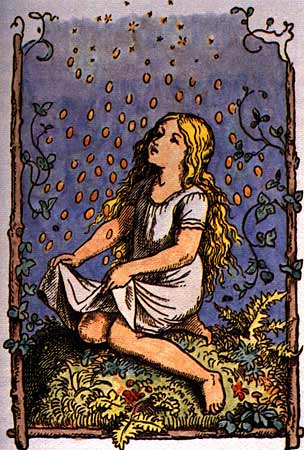
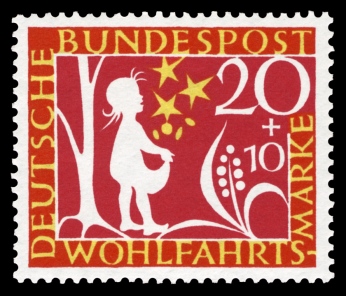
Your turn!
- Do you have a favorite story from the Brothers Grimm?
- What are some of your favorite stories and fables from your childhood?
- What role do you think old stories and tales play in culture today?
Looking forward to hearing from you all! Talk soon.
Bis bald!
-GV

